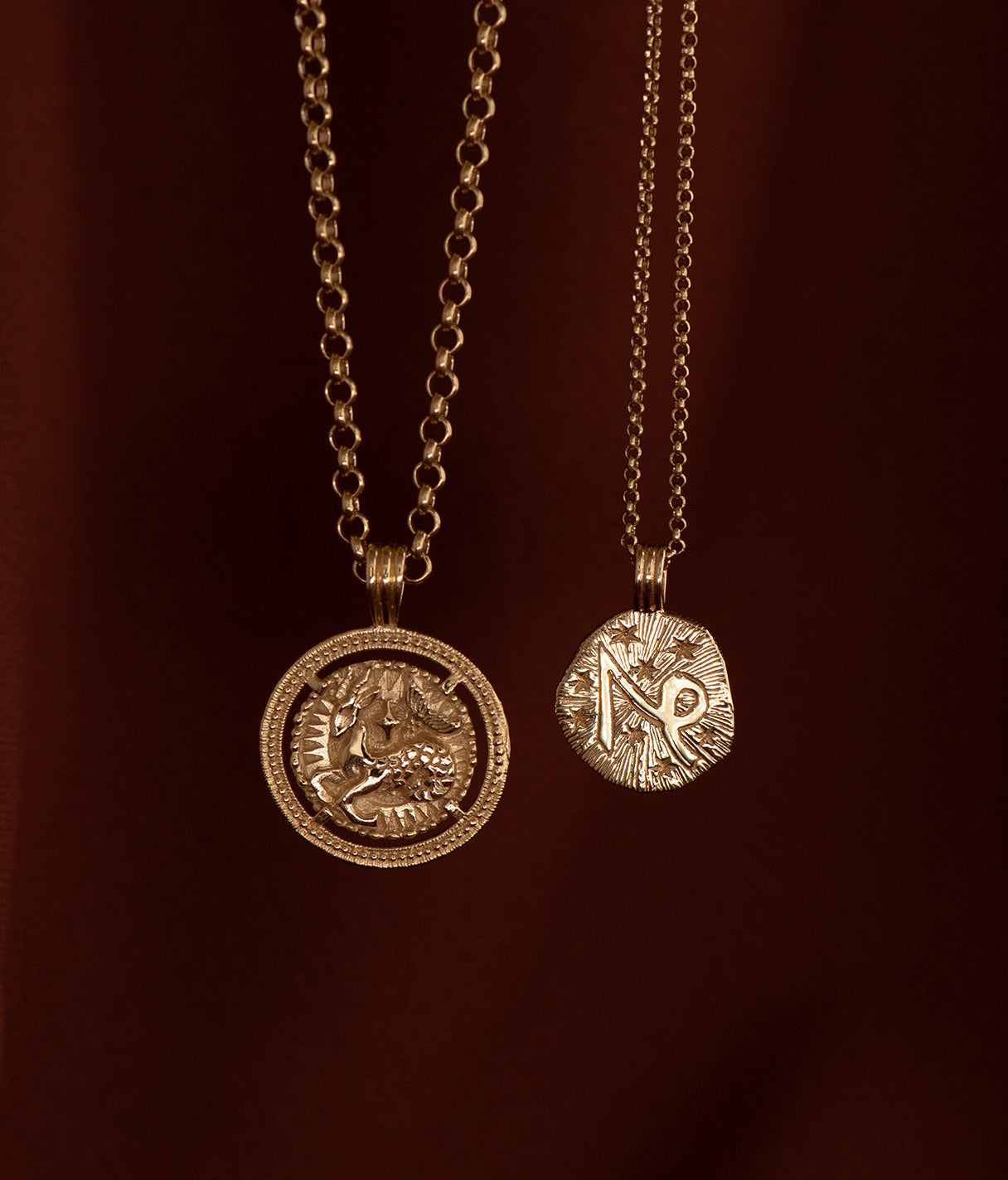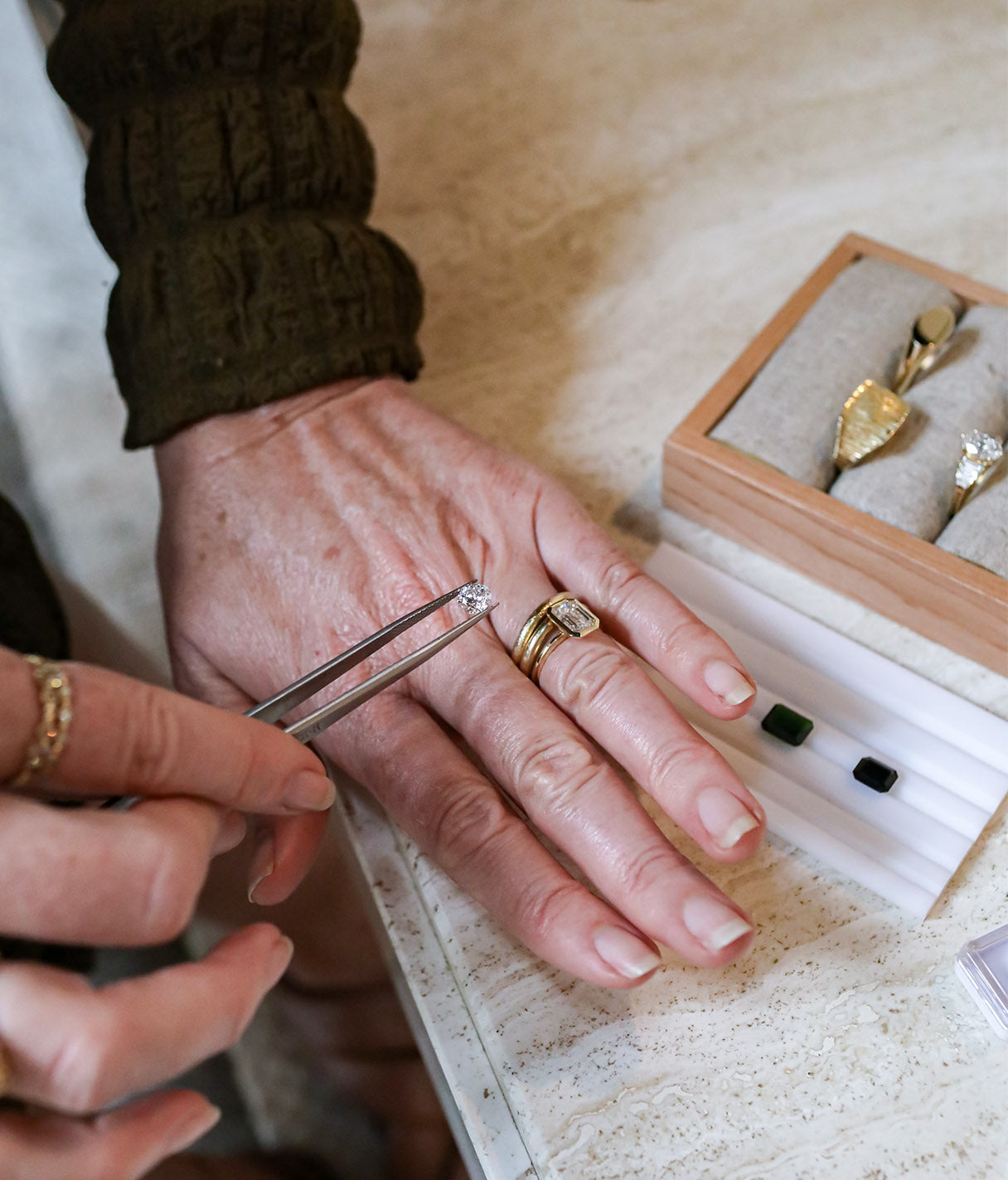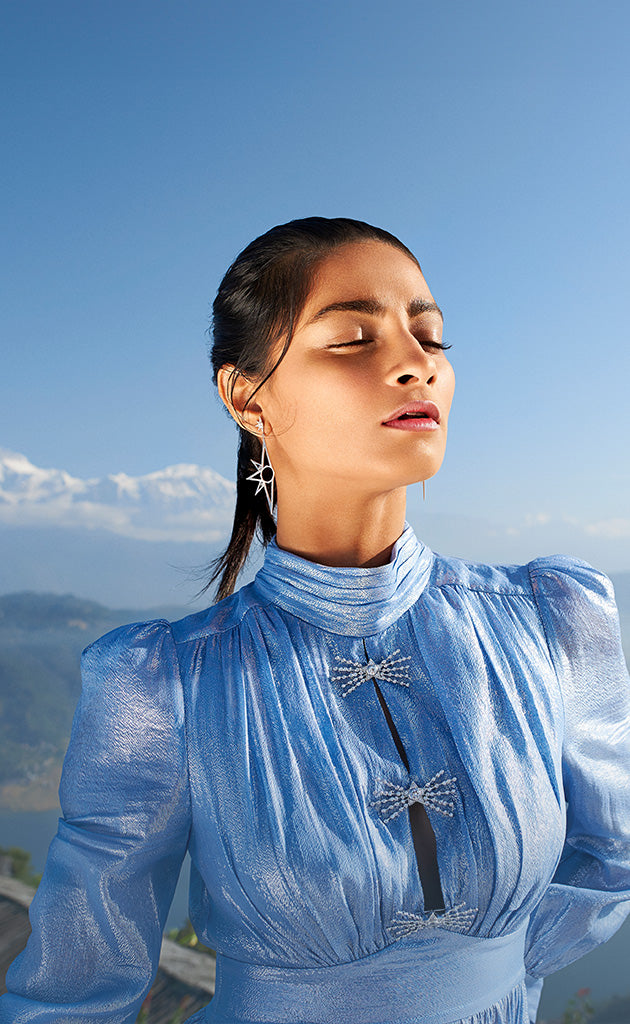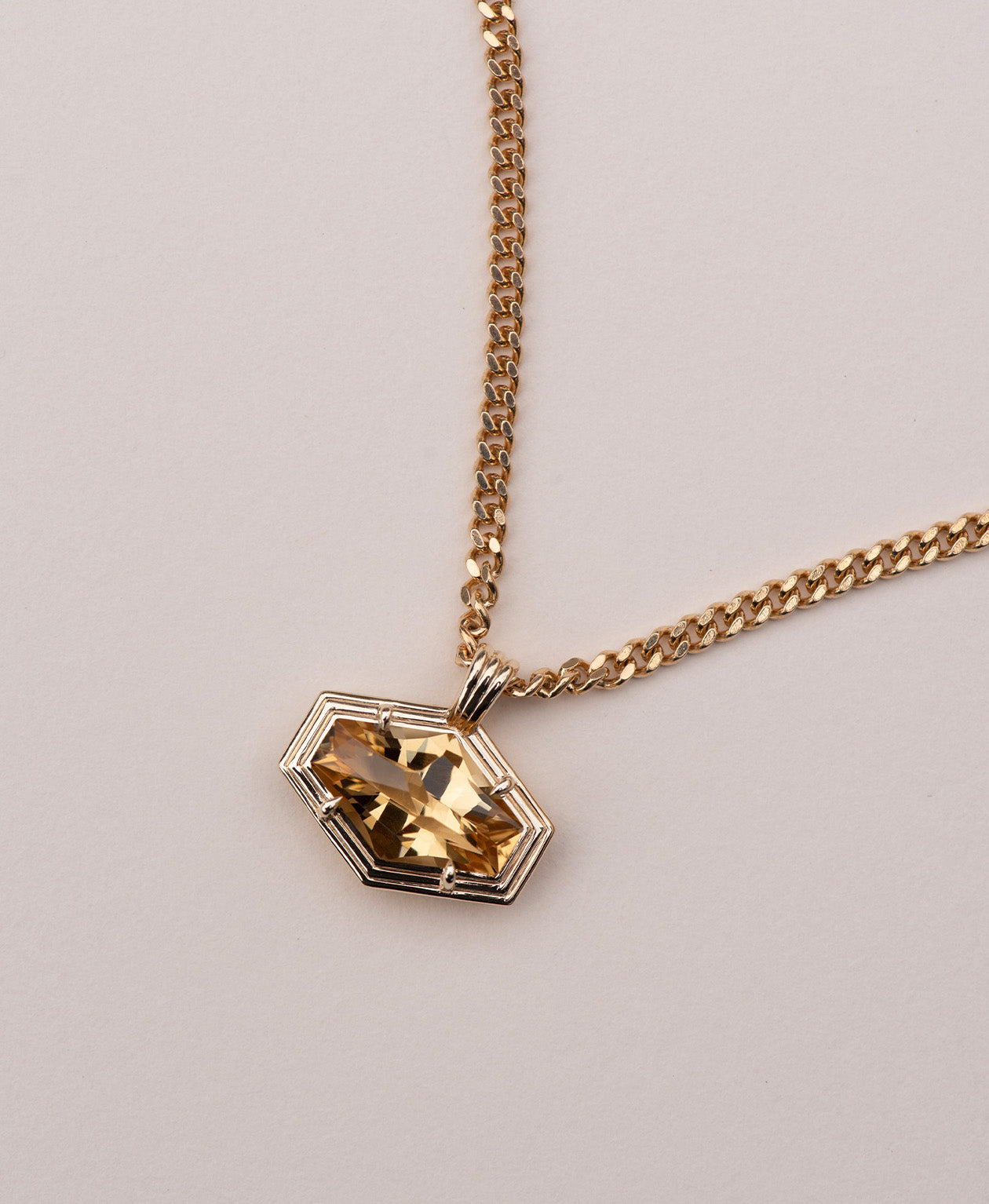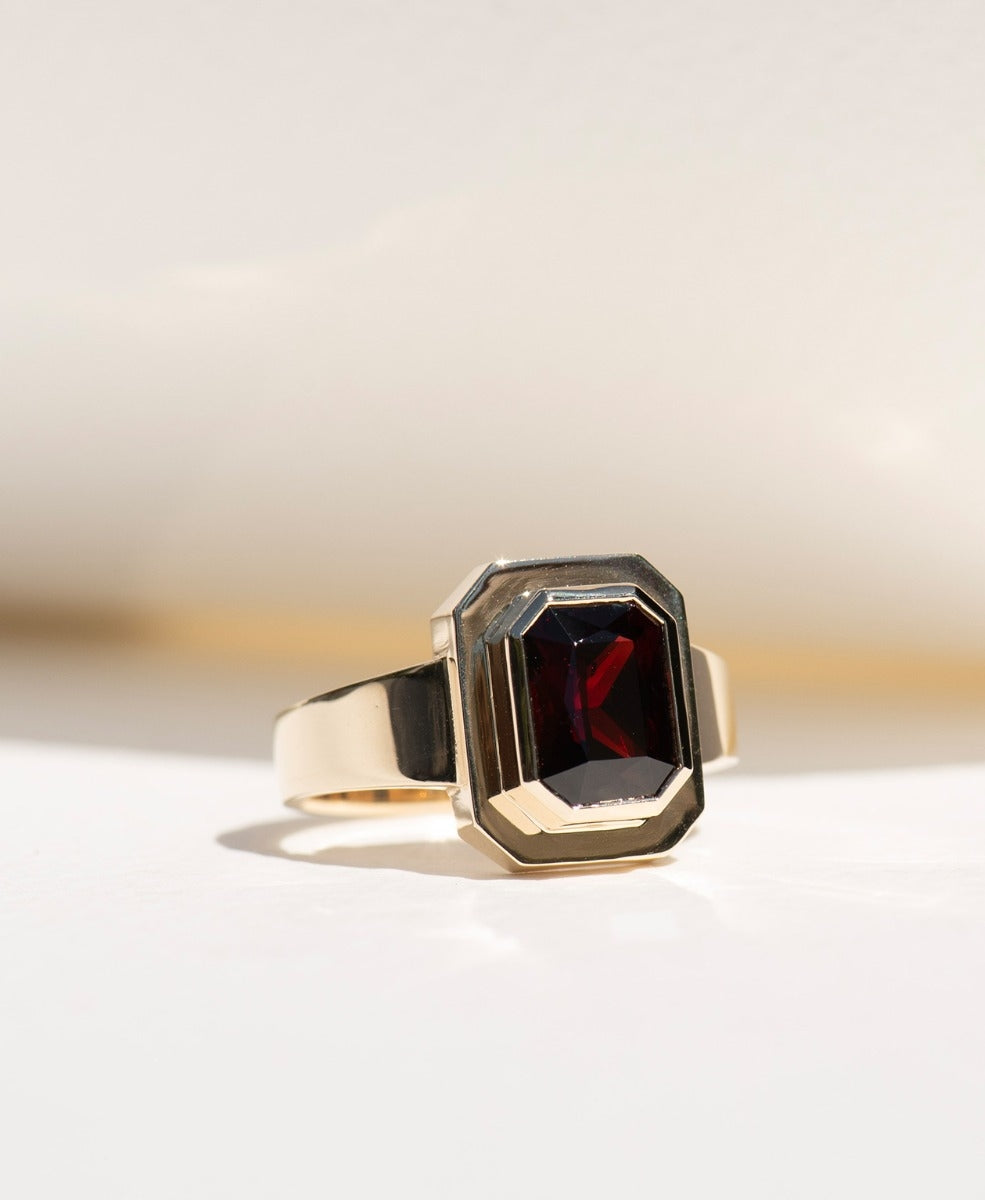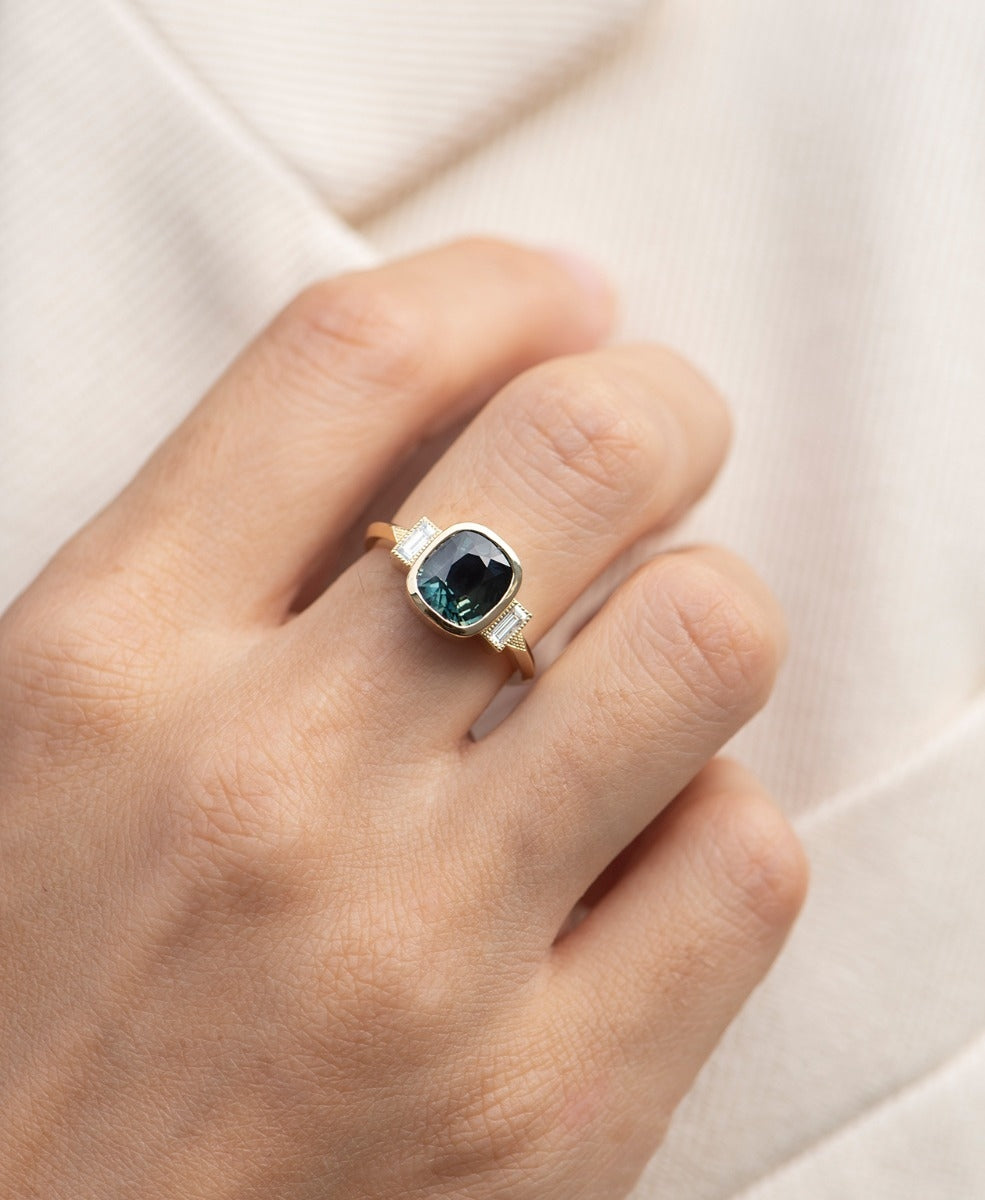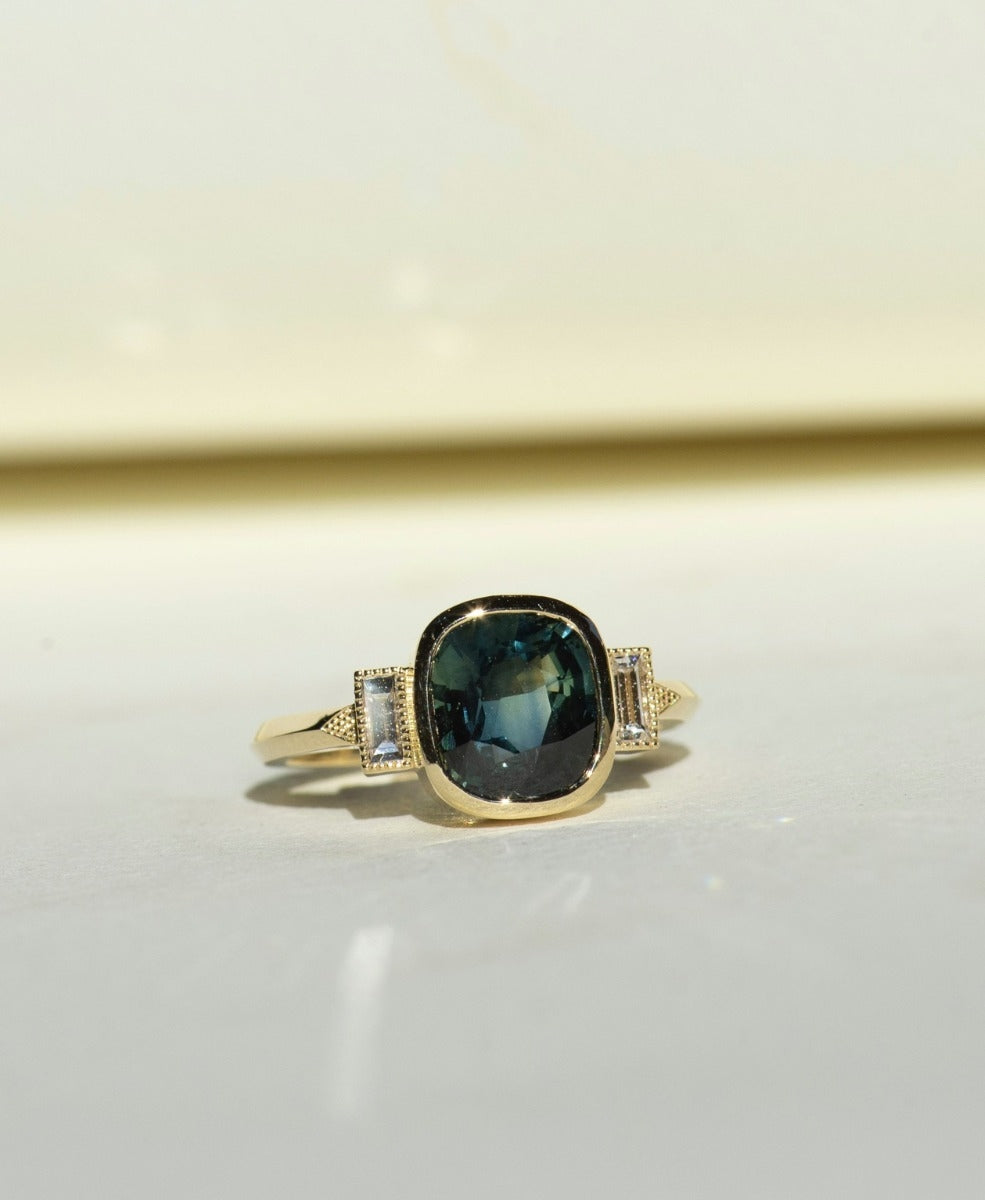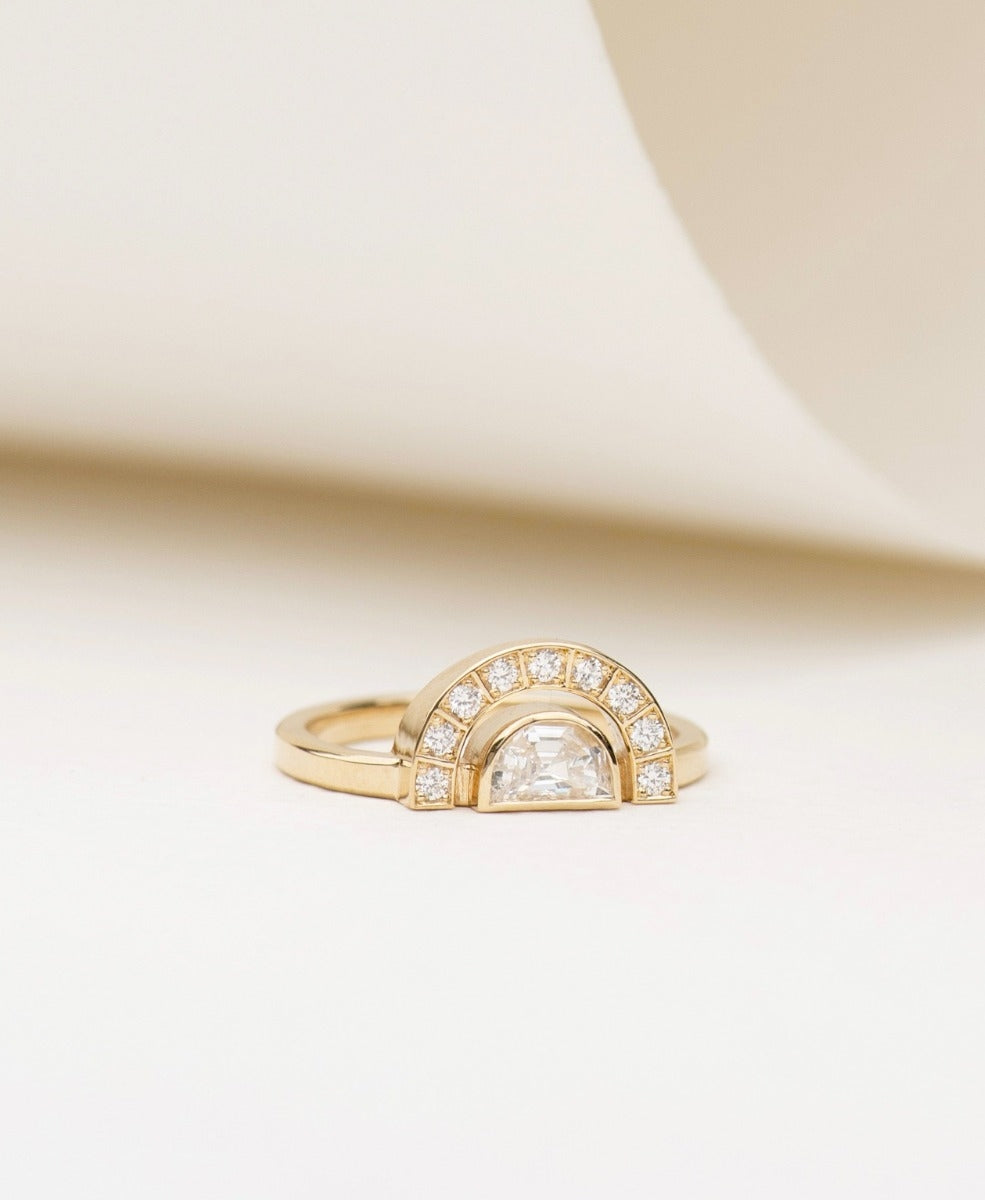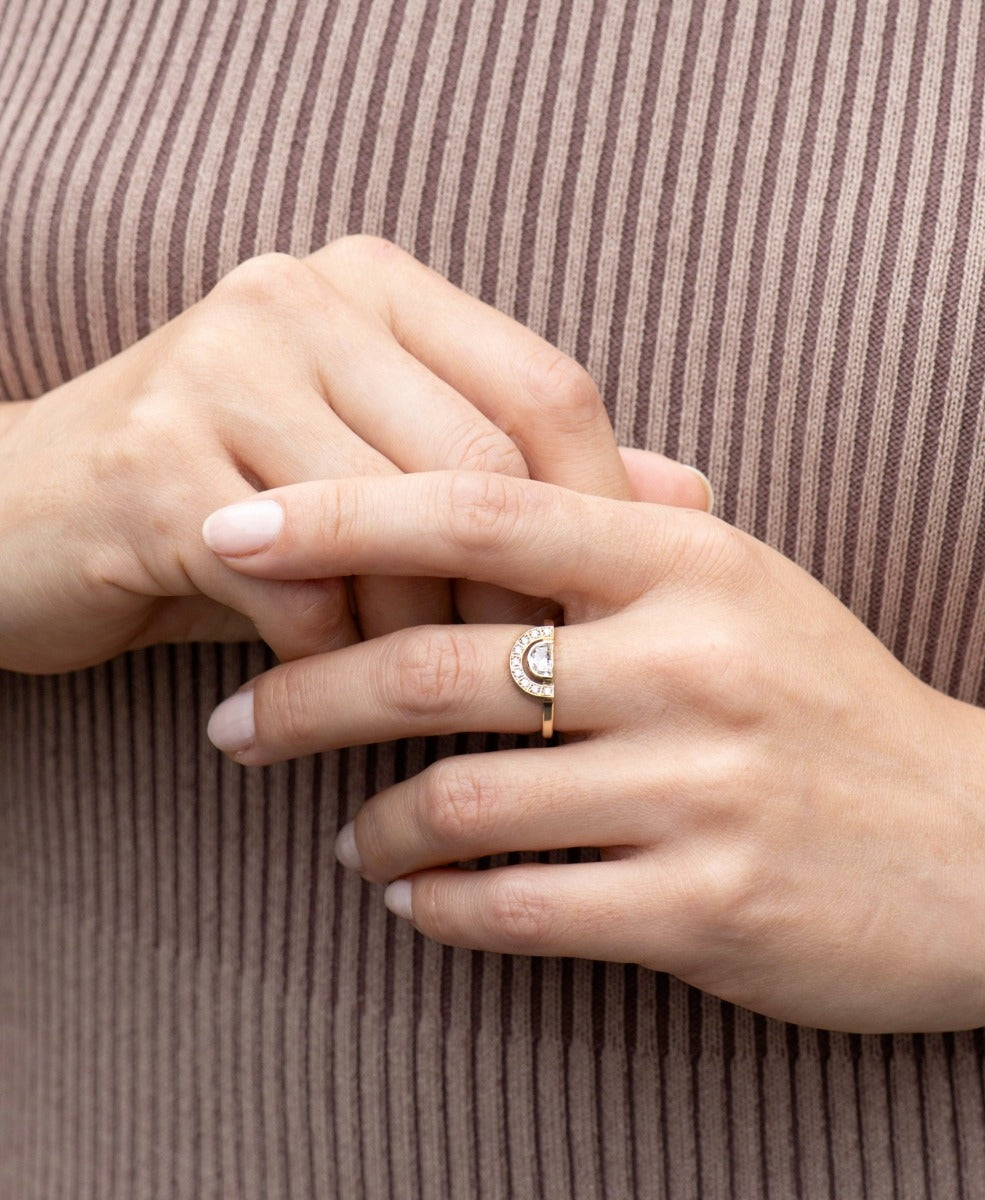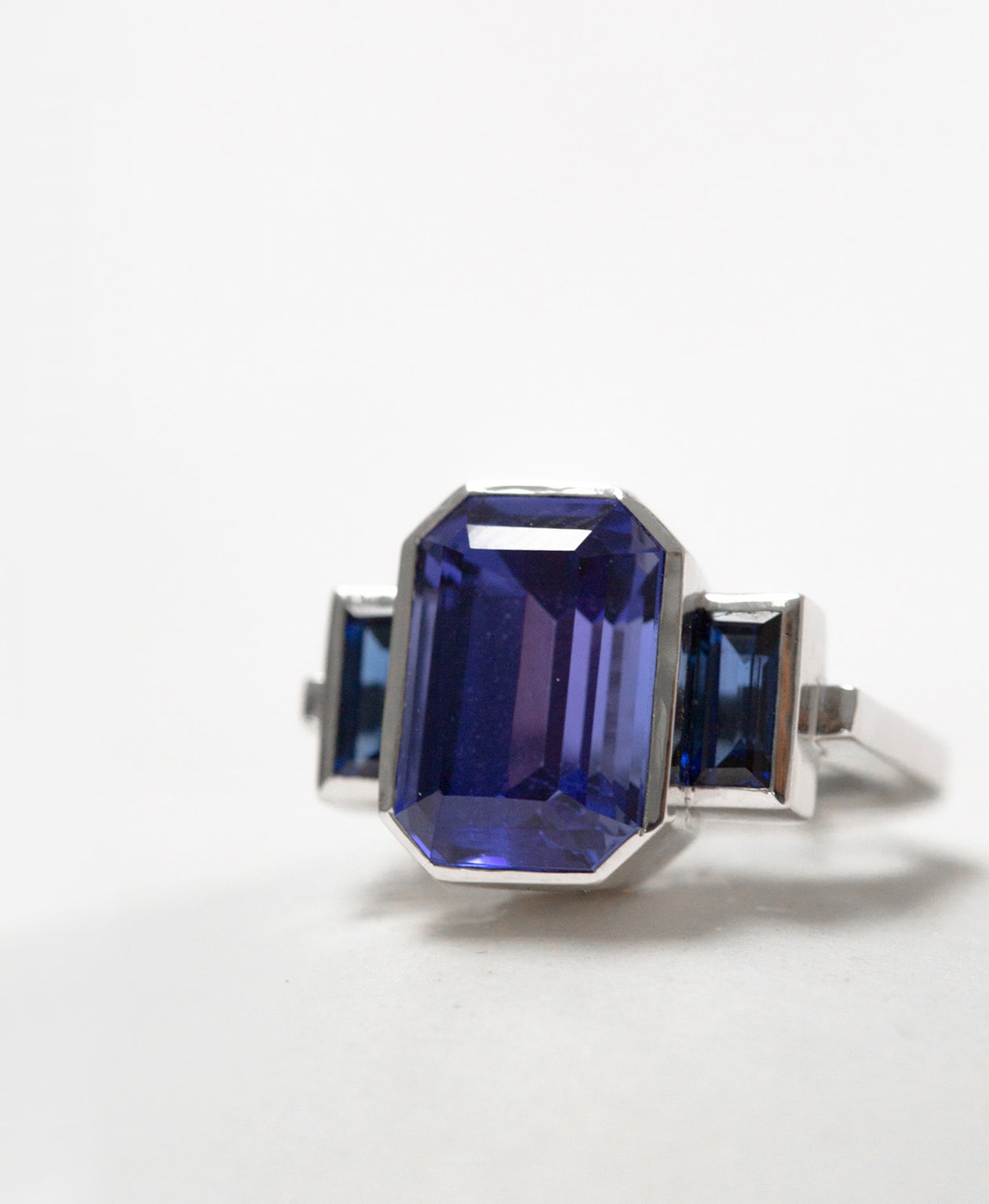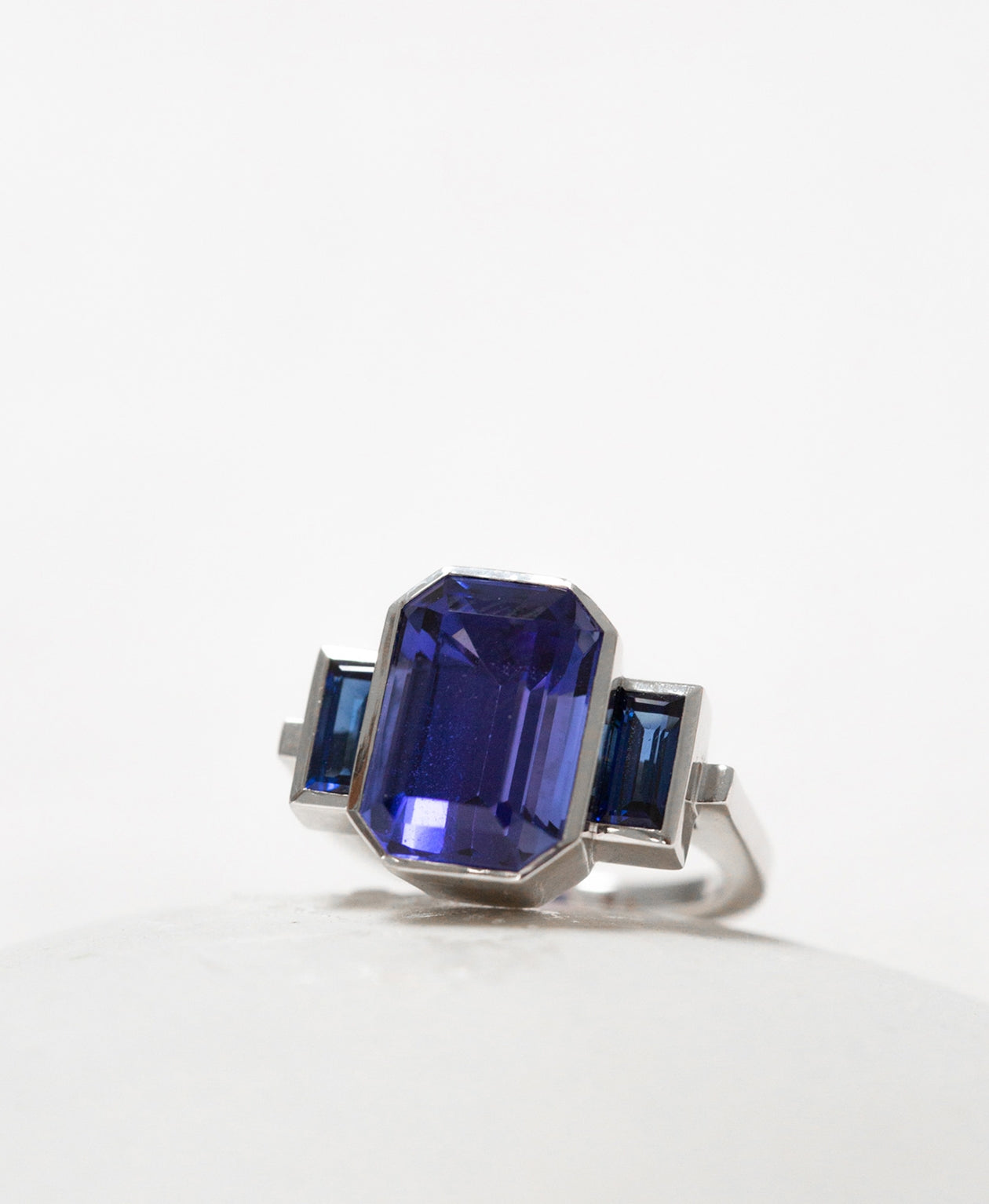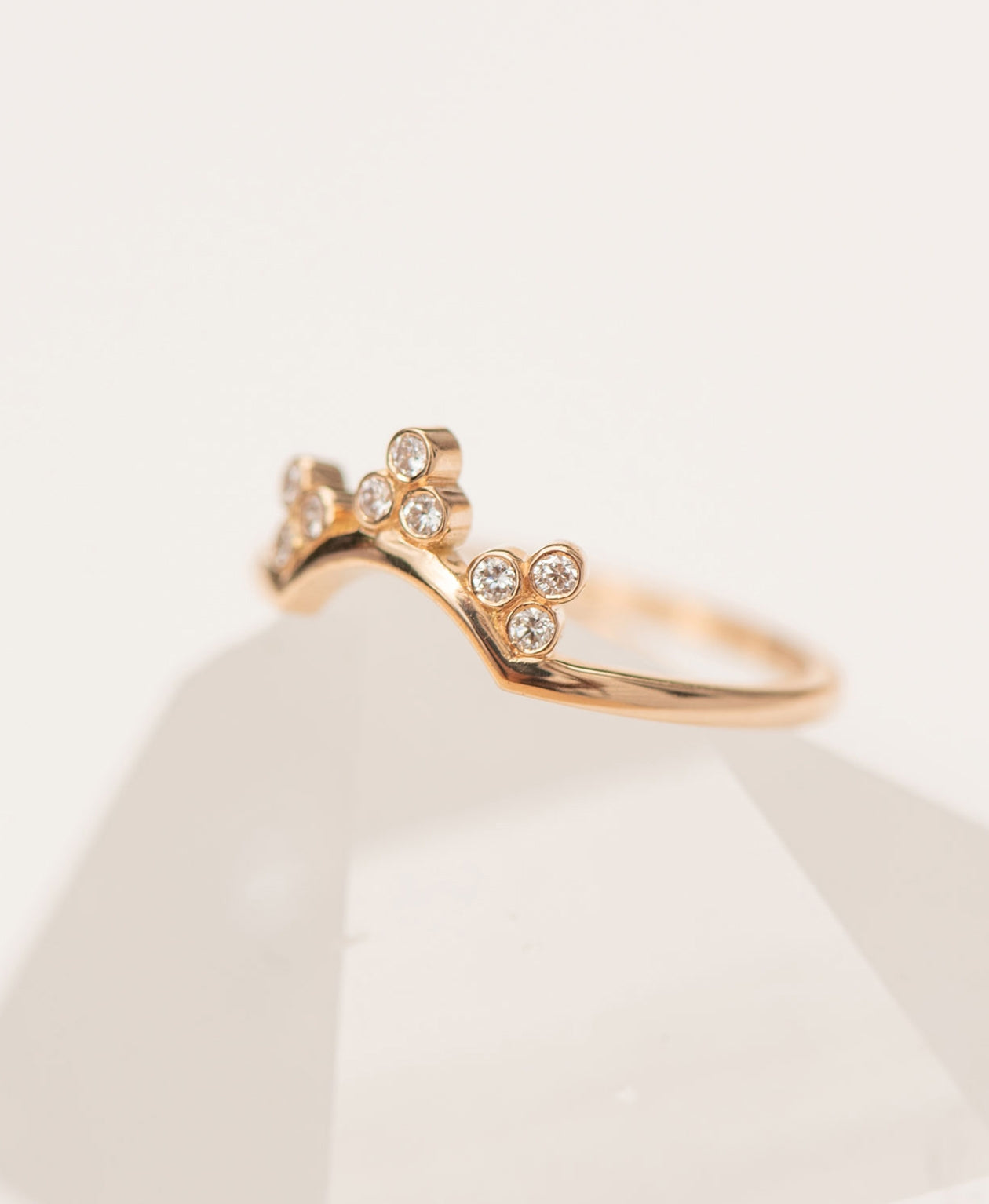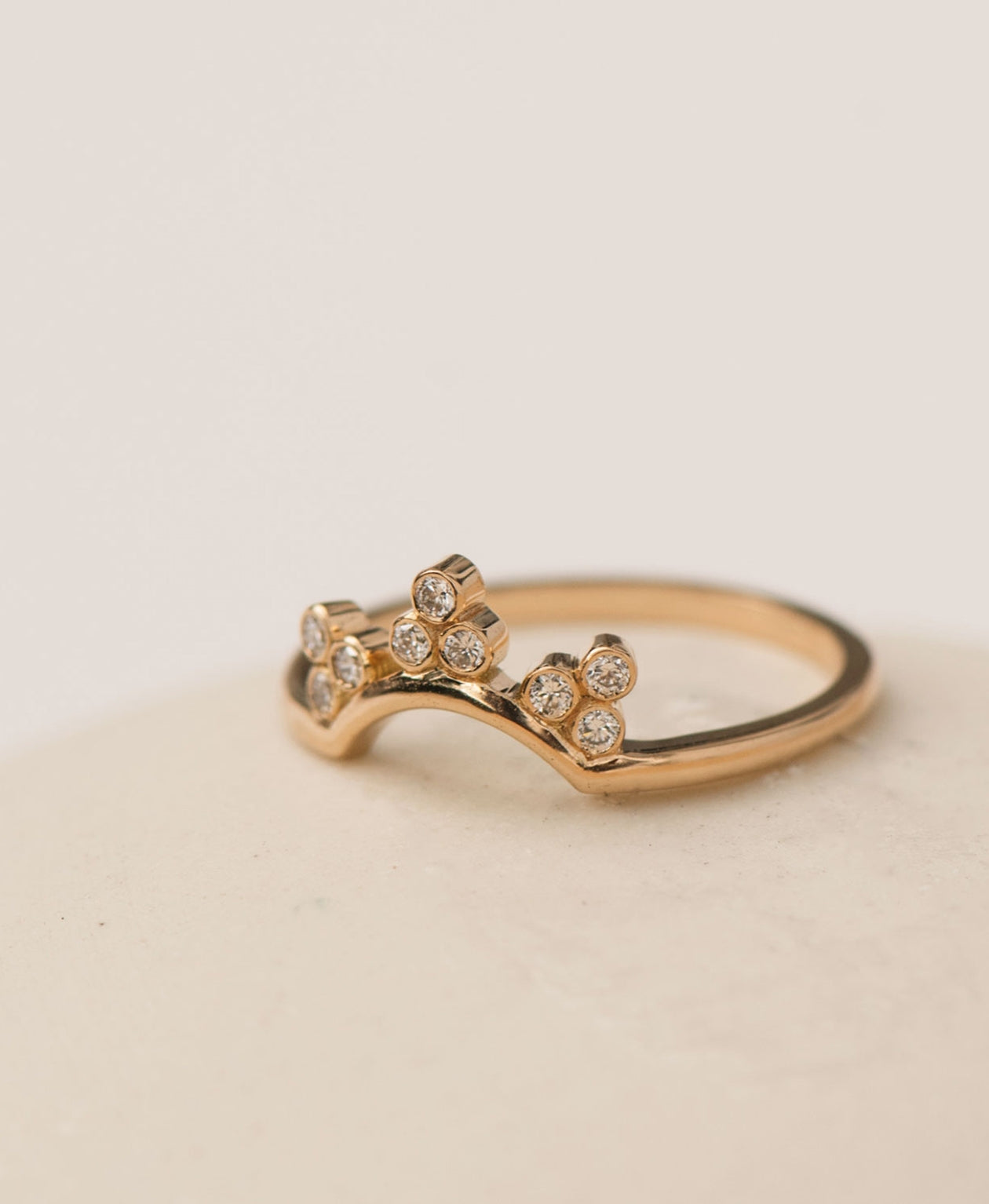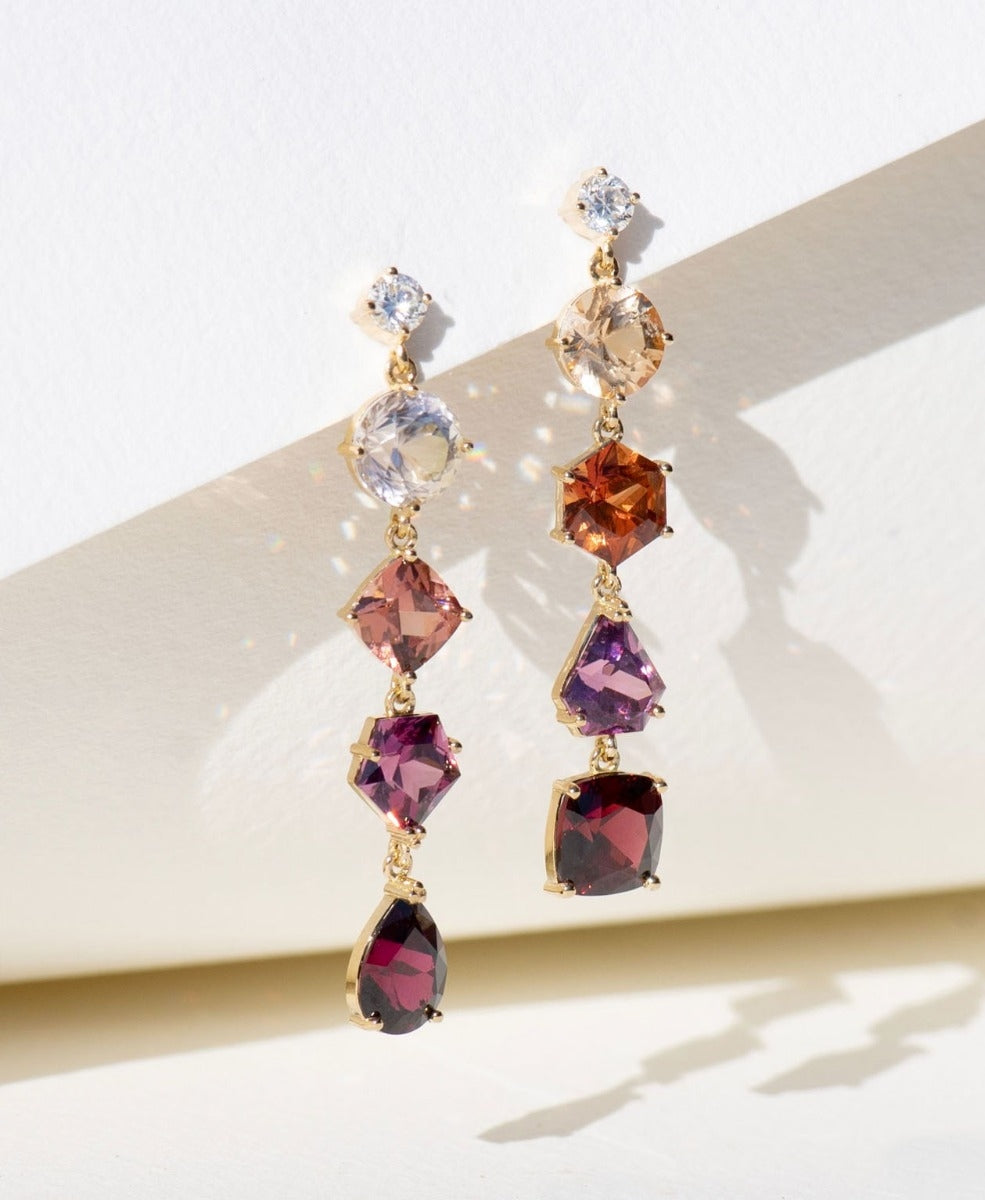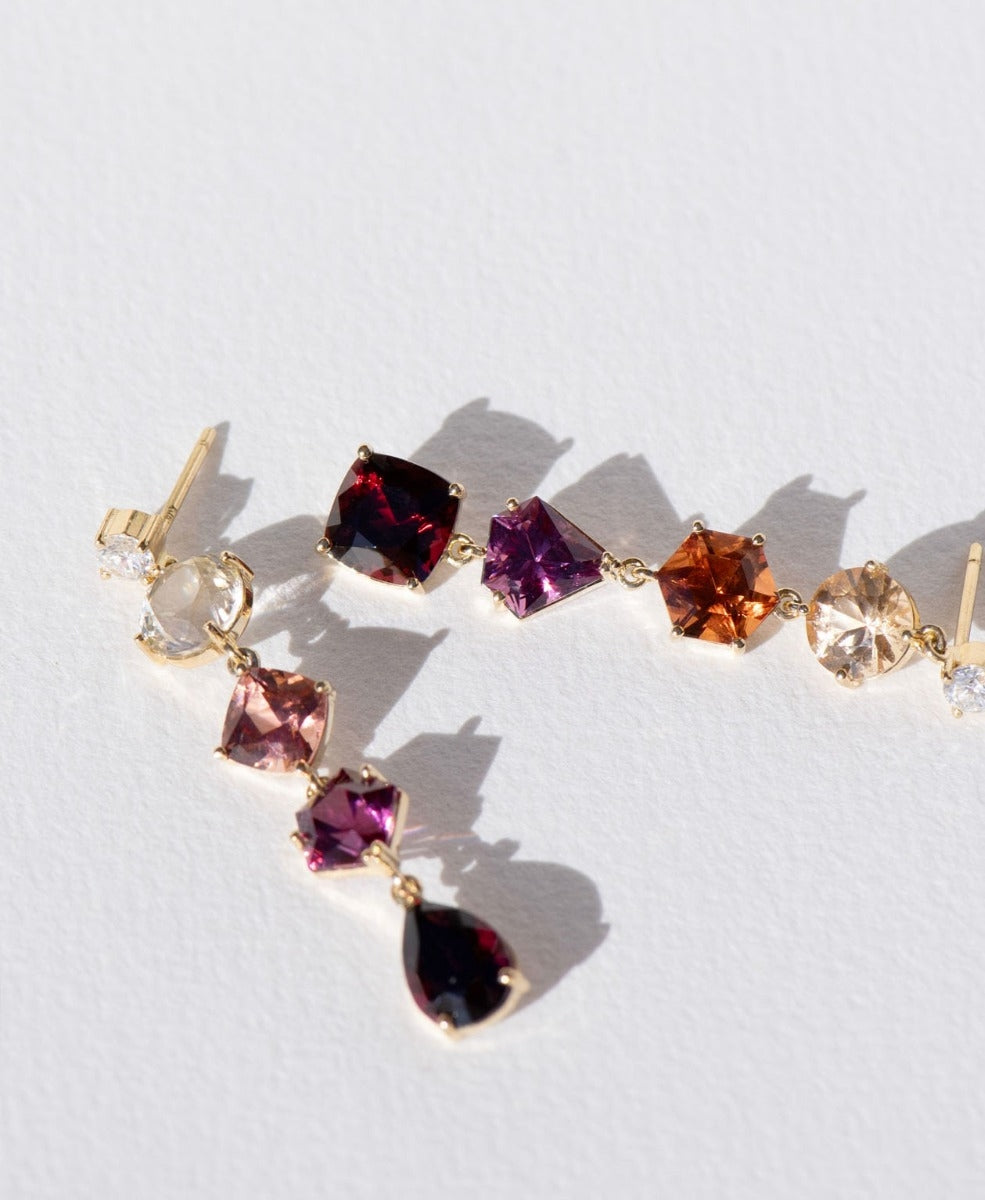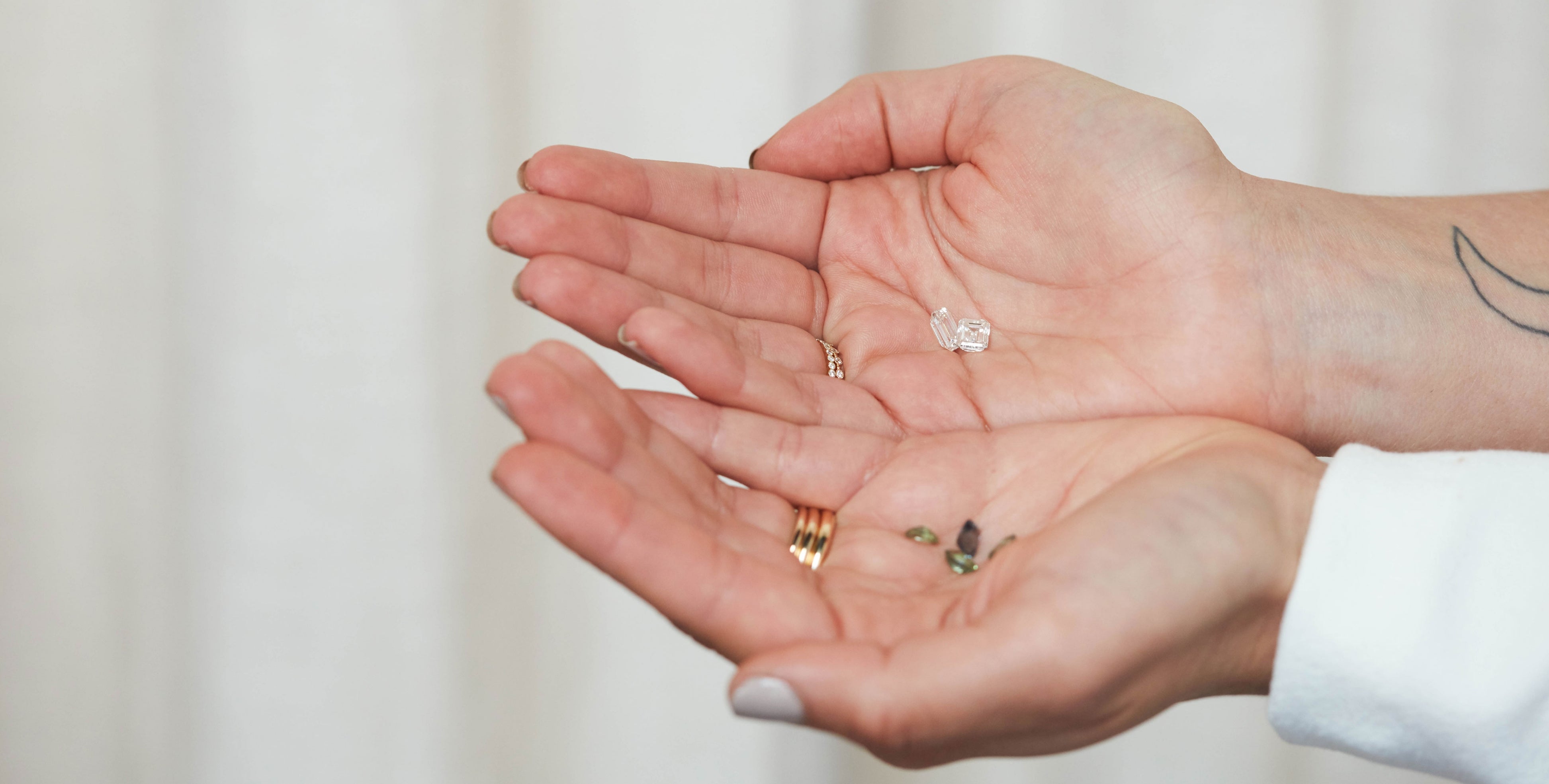Stone & Metal Guide


Natural Diamond
Natural diamonds are born deep within the Earth over billions of years, where extreme pressure and heat transform pure carbon into rare, unique gems.
With a perfect 10 on the Mohs scale for hardness, they possess exceptional optical properties that create a beautiful sparkle. Each diamond tells a story through its distinct inclusions, capturing Earth's geological history.
Treasured for their durability, timeless beauty, and symbolic value, natural diamonds embody intricate, time-forged characteristics that make them exceptionally precious.
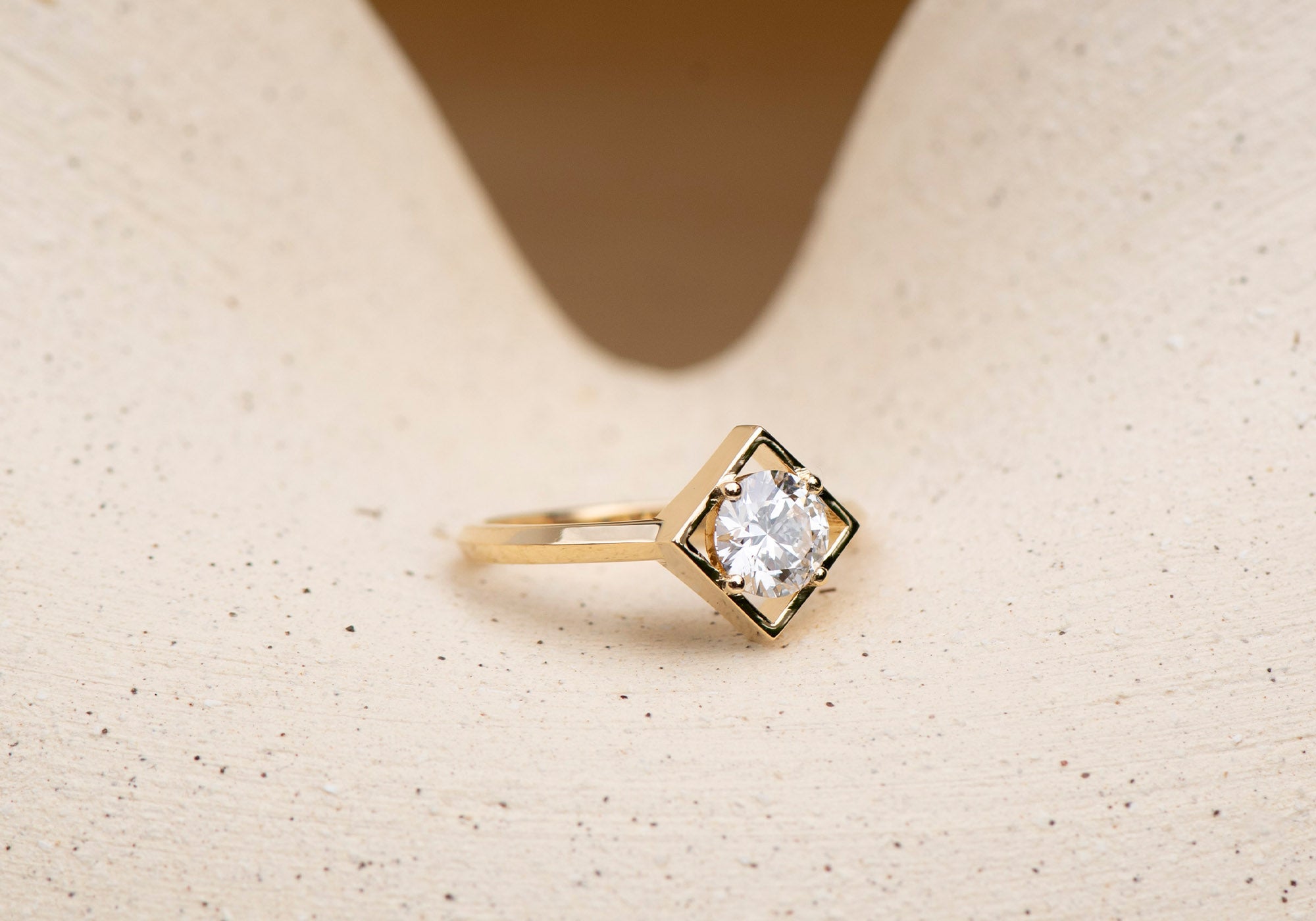

Lab Grown Diamond
Lab grown diamonds are created above ground in controlled environments, replicating the extreme pressure and heat found deep within the Earth.
These gems are identical to natural diamonds in composition and hardness, ranking 10 on the Mohs scale. Their flawless optical properties result in a brilliant sparkle.
Treasured for their ethical production and affordability, lab-grown diamonds provide timeless beauty and symbolic value with the same dazzling allure as natural diamonds.
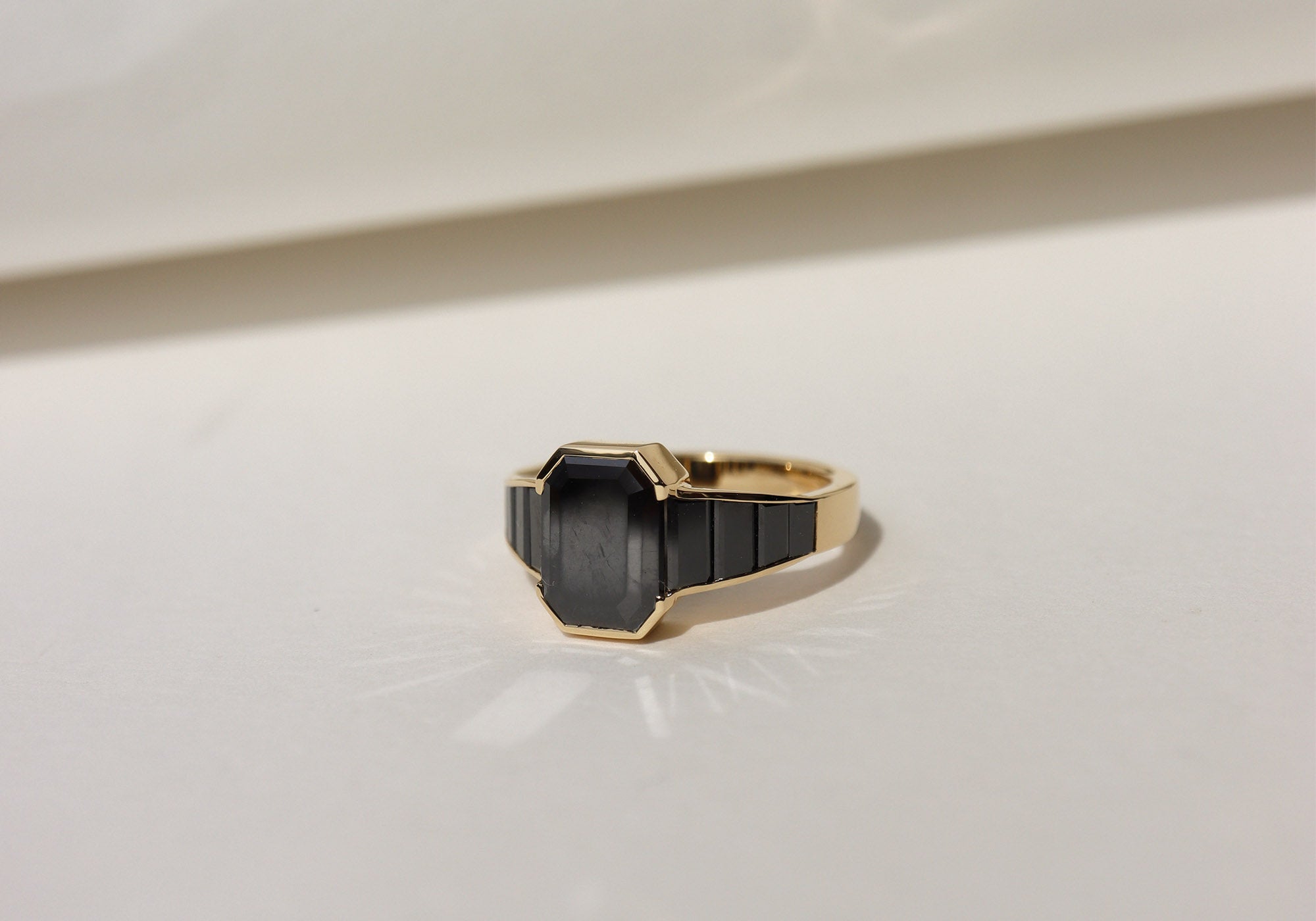

Black Diamond
Black Diamonds are one of the toughest forms of natural diamond. The black colour comes from a mixture of graphite and carbon within the stone.
Black diamonds are more challenging to cut compared to their white counterparts but offer remarkable durability. Being completely opaque, black diamonds exhibit consistent colour and intensity without variation.
Unlike other diamonds, black diamonds do not sparkle in the traditional sense; instead, they exude a unique, captivating allure.
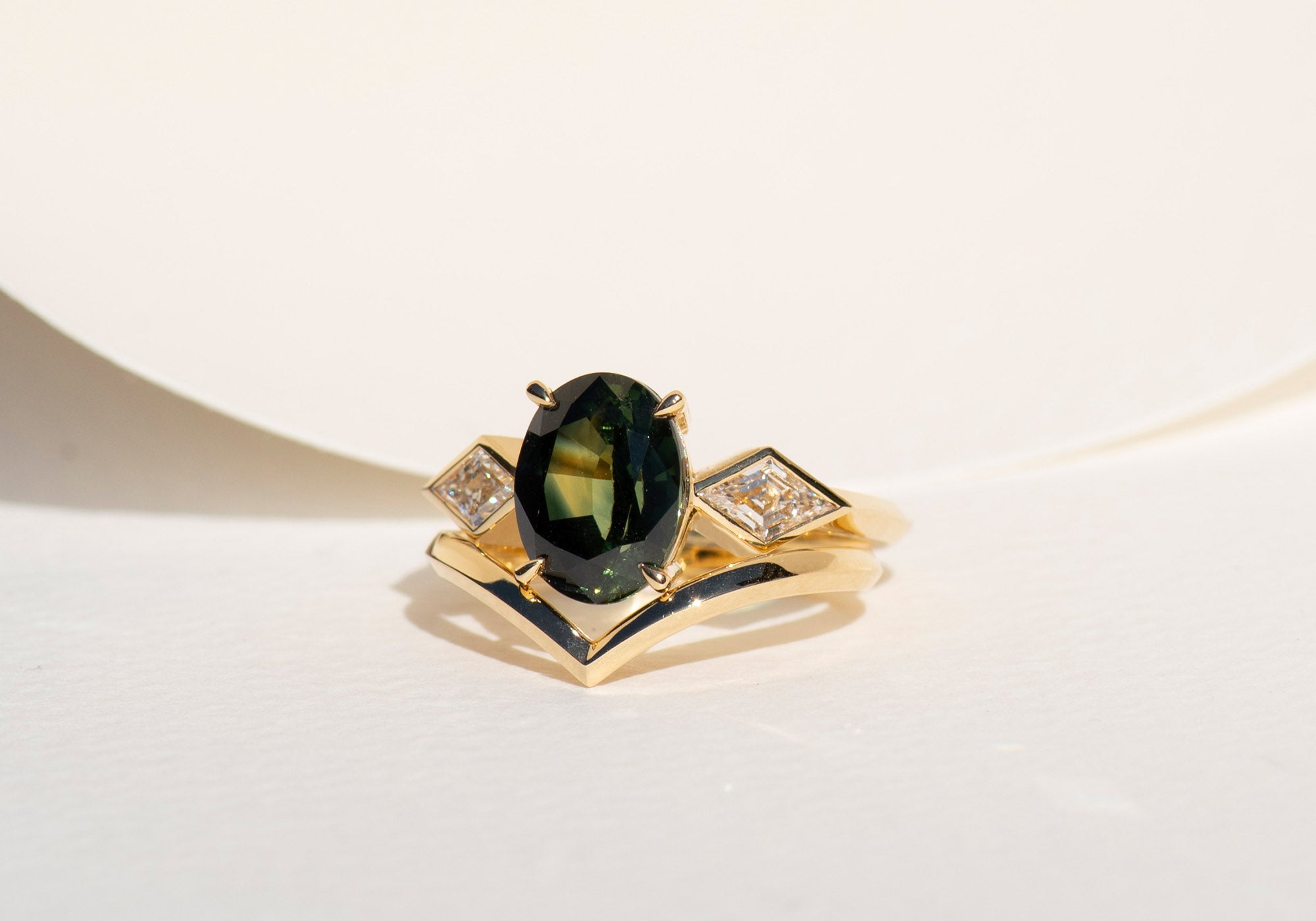
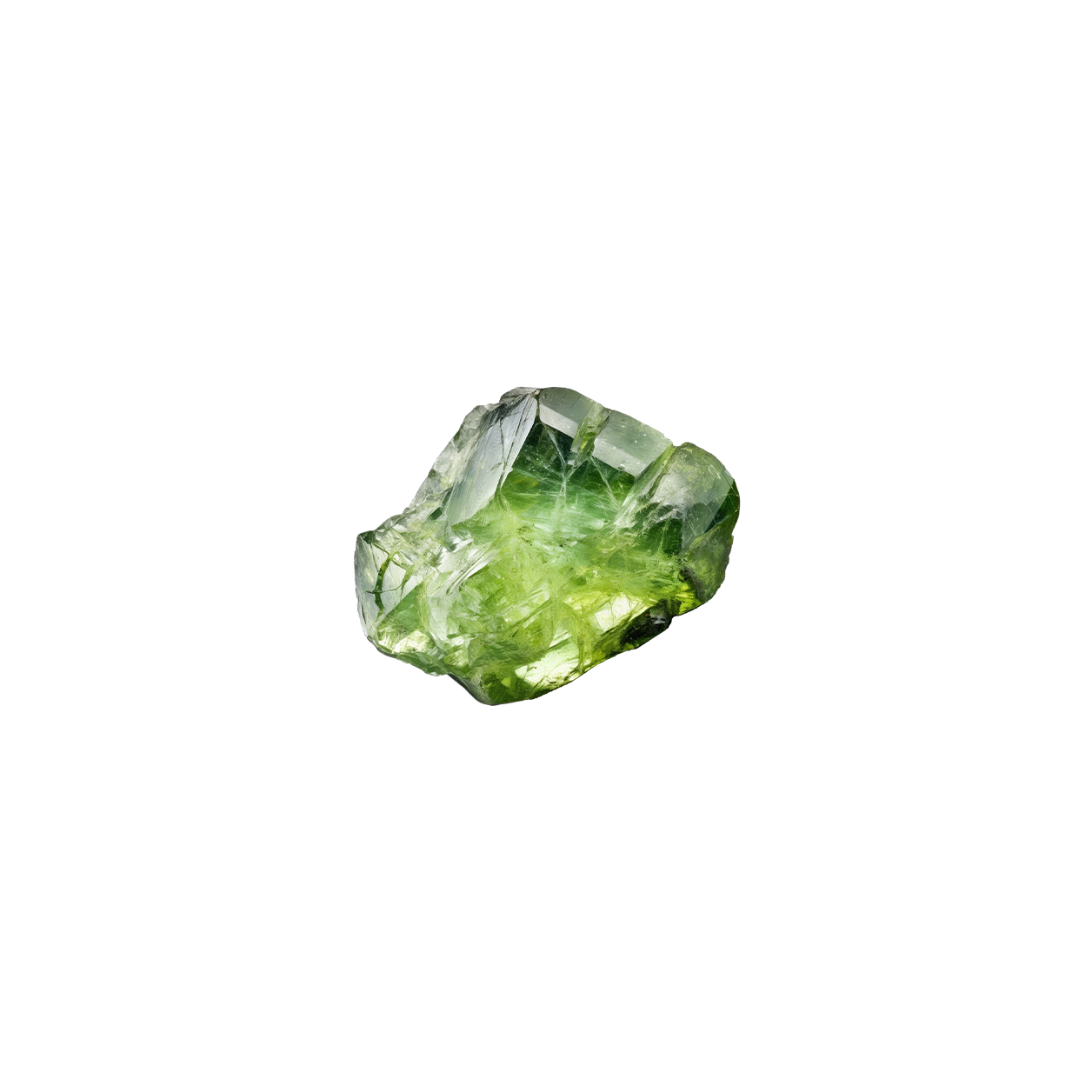
Green Sapphire
Known as a stone of wisdom, Green Sapphires are said to enhance connection to the heart and soul, encouraging growth and healing. With their rich green hue, they symbolise renewal, balance, and the nurturing power of nature.
Whether you’re drawn to their natural beauty or the deeper meanings they hold, green sapphires carry a message of compassion, grounding, and a love that grows stronger over time.
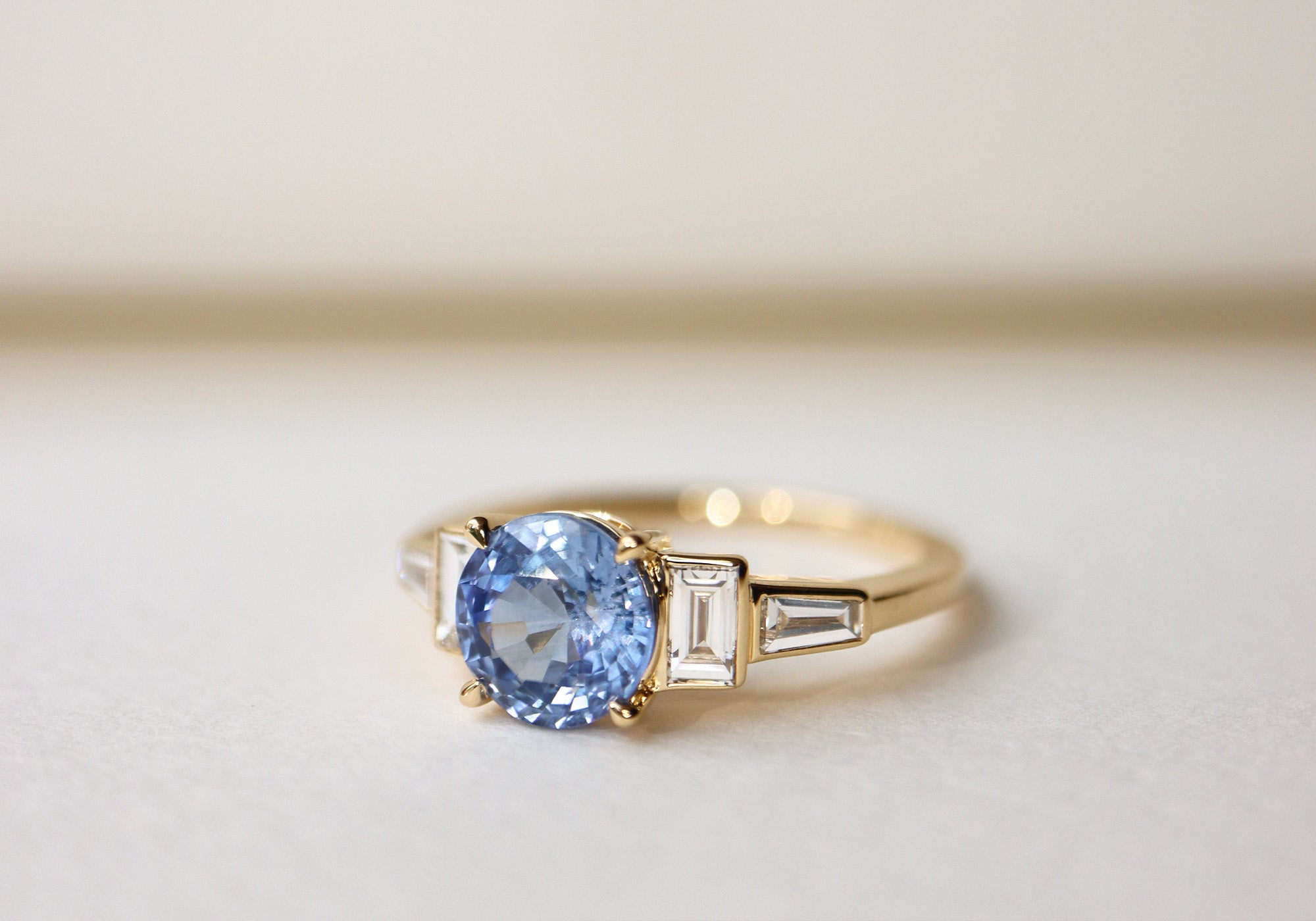

Blue Sapphire
For centuries Blue Sapphires have been associated with royalty and romance. The Ancient Roman kings and queens believed them to protect their owners from envy and harm.
Sapphires are readily available in different shapes and colours making them an excellent choice for your ring. Sapphires come in a whole rainbow of colours ranging from blue, black, green, pink, purple, white and yellow.
Blue Sapphires are incredibly popular as they thought of as regal, deep and pure, sitting perfectly surrounded by white diamonds.
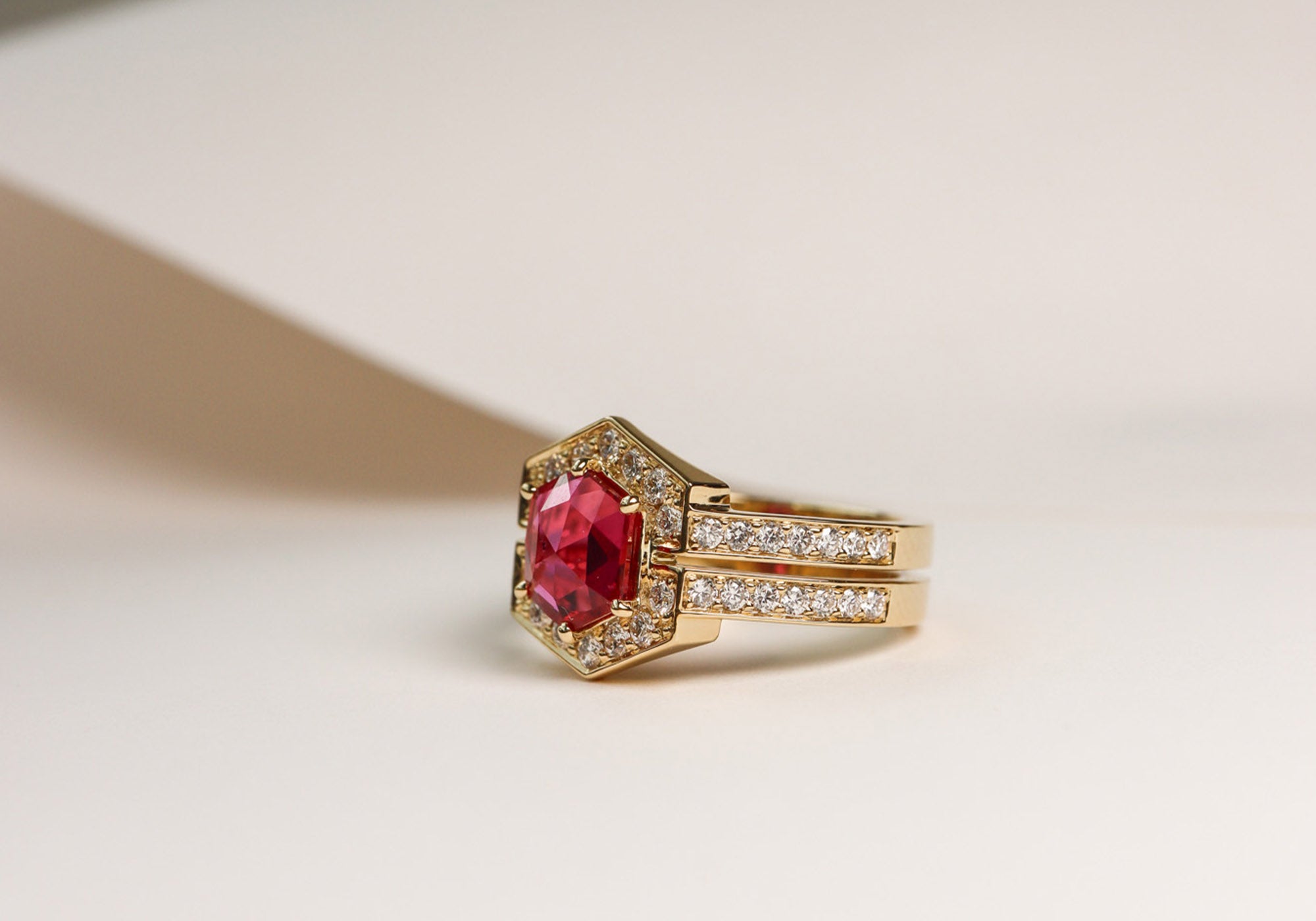

Ruby
Rubies are highly prized in different cultures across the world for their beauty and powerful properties.
In the ancient language of Sanskrit, the Ruby is called ‘ratnaraj’ which means ‘King of Precious Stones’.
For centuries, the deep red colour of rubies has been associated with love. In ancient times, Ruby was used as a wedding stone to signify passion and commitment.
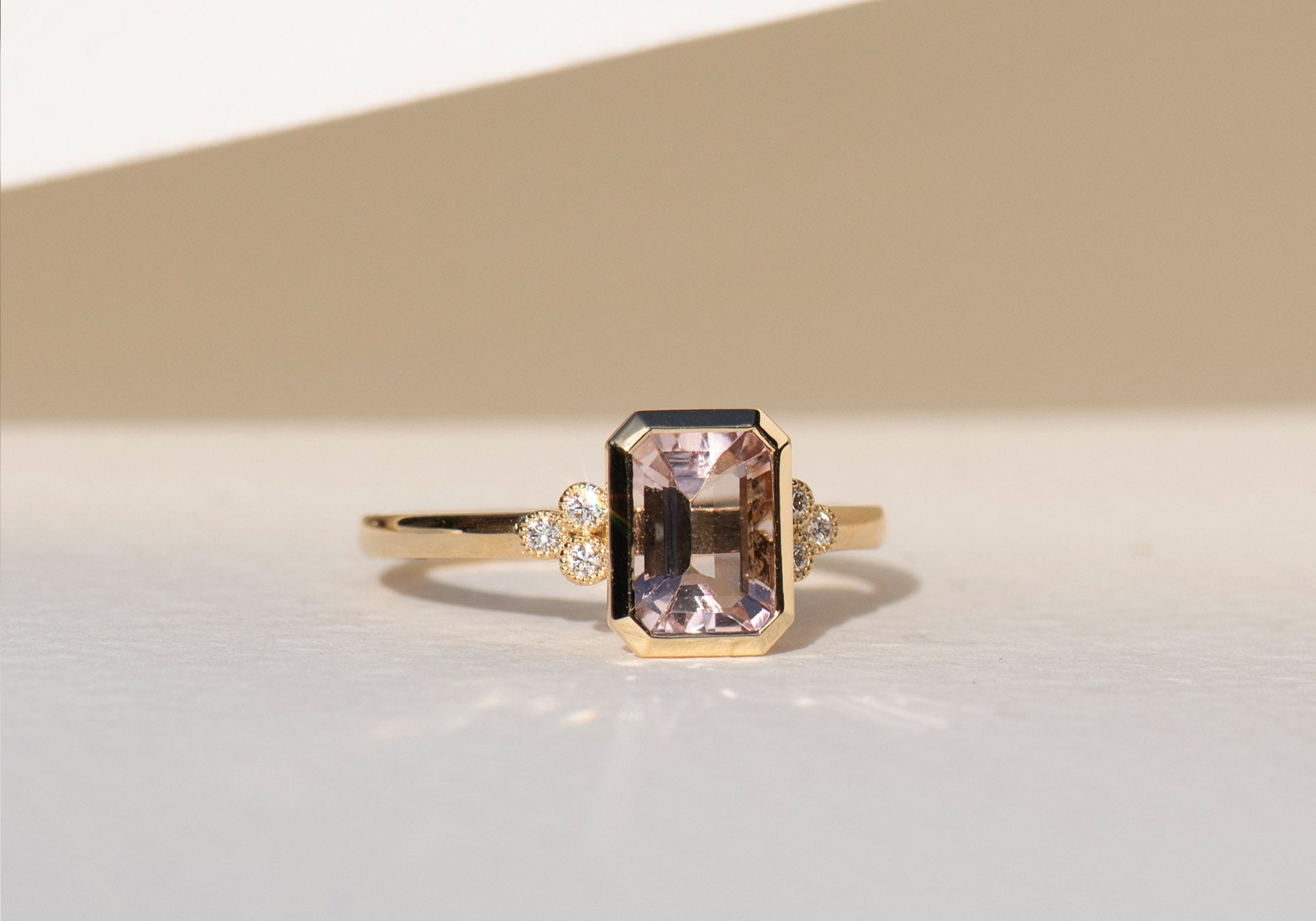
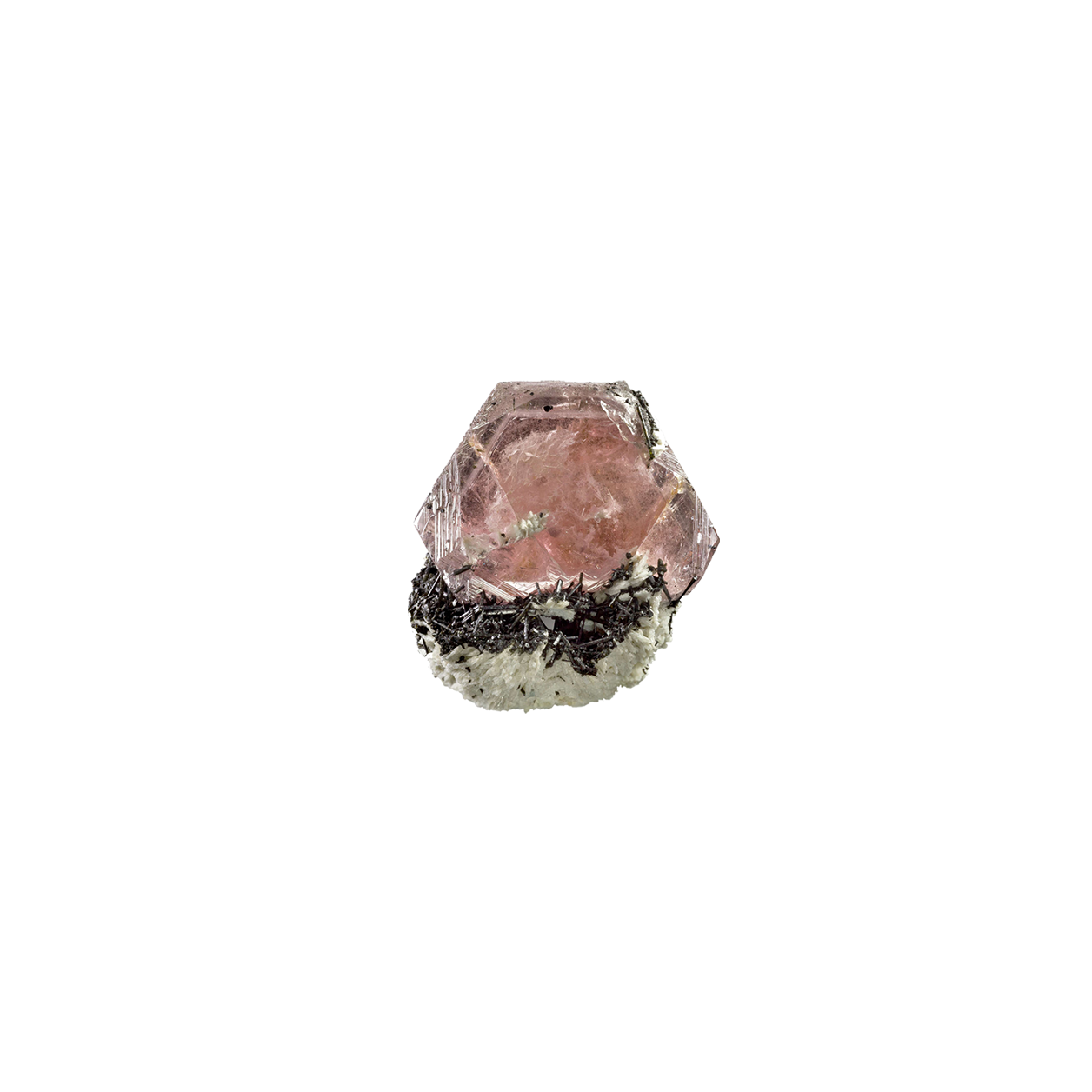
Morganite
Morganite is the pretty, peachy-pink variety of beryl, cousin to more familiar beryls like emerald and aquamarine. Morganite's beautiful, feminine colours are a result of the presence of manganese.
Morganite represents purity of being and is believed to help you realise your potential. Morganite is a timeless stone as its hues compliment all skin types and metals creating the effect of understated glamour.
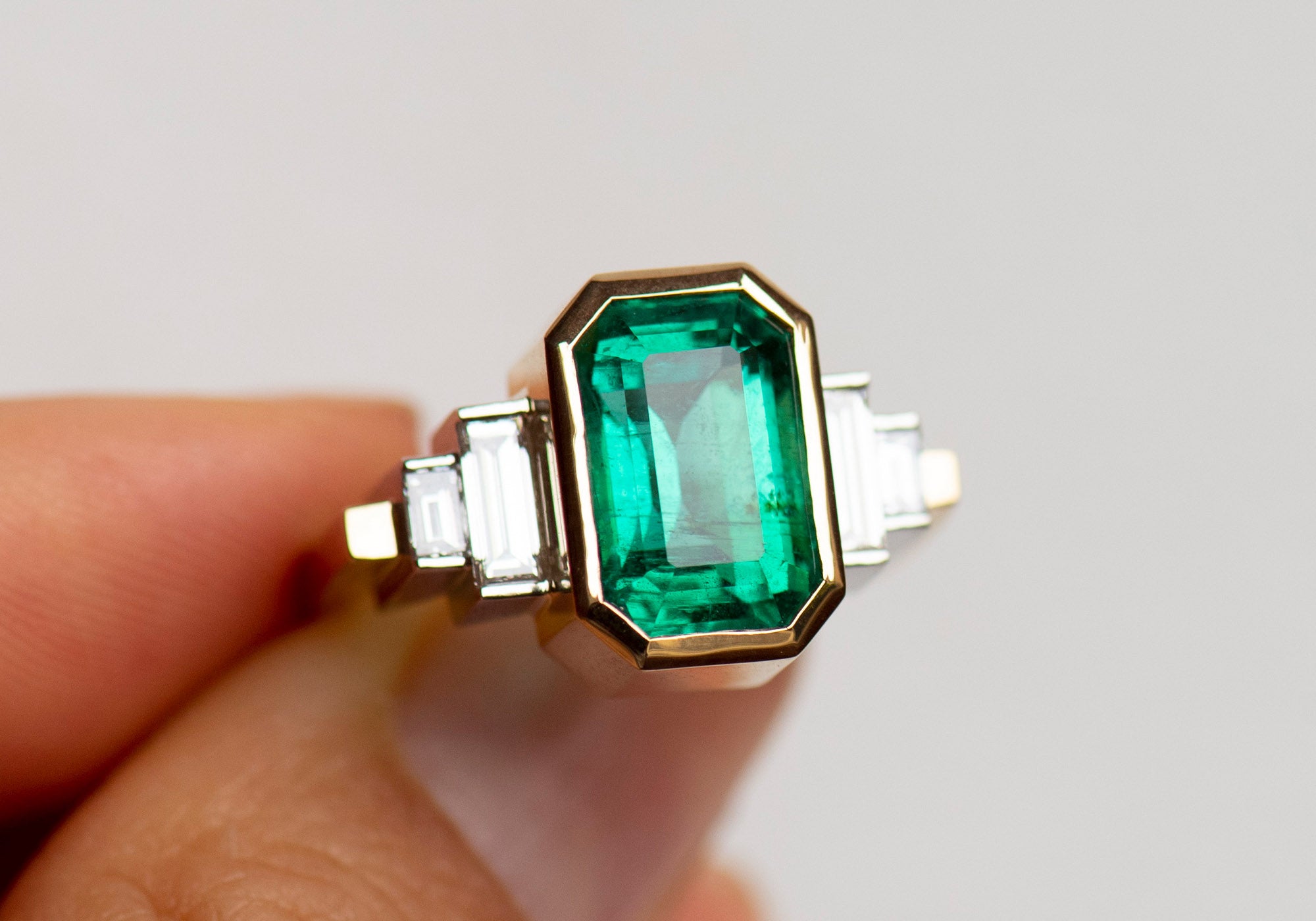
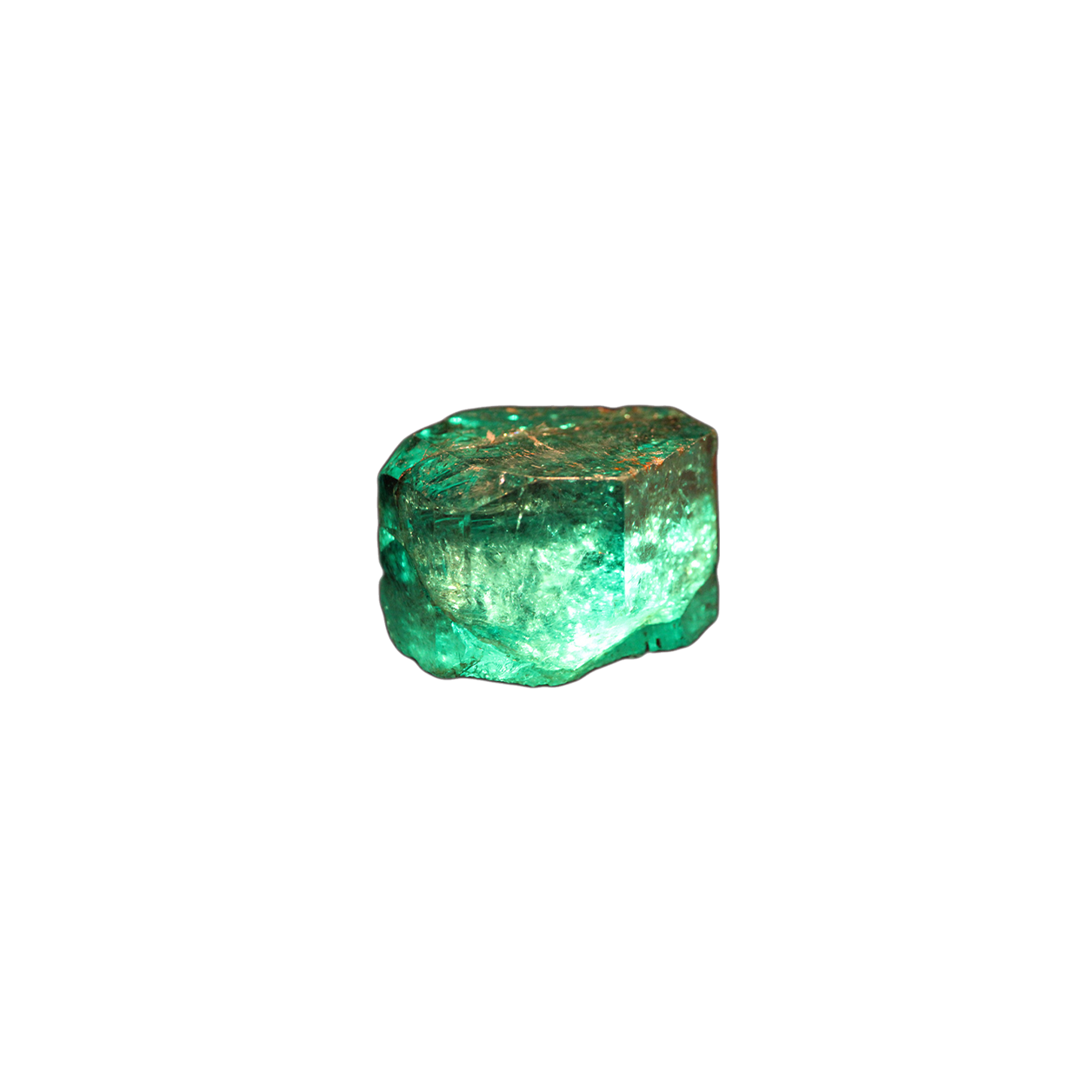
Emerald
Emeralds have been admired for centuries, with historians estimating the Egyptians to be the first to discover them as early as 3500 BC. Known as the stone of ‘successful love’,
Emeralds are thought to enhance unity and unconditional love within partnerships and friendships.
The intensity of the colour of Emeralds have fascinated people for centuries, looking especially radiant set with yellow gold.
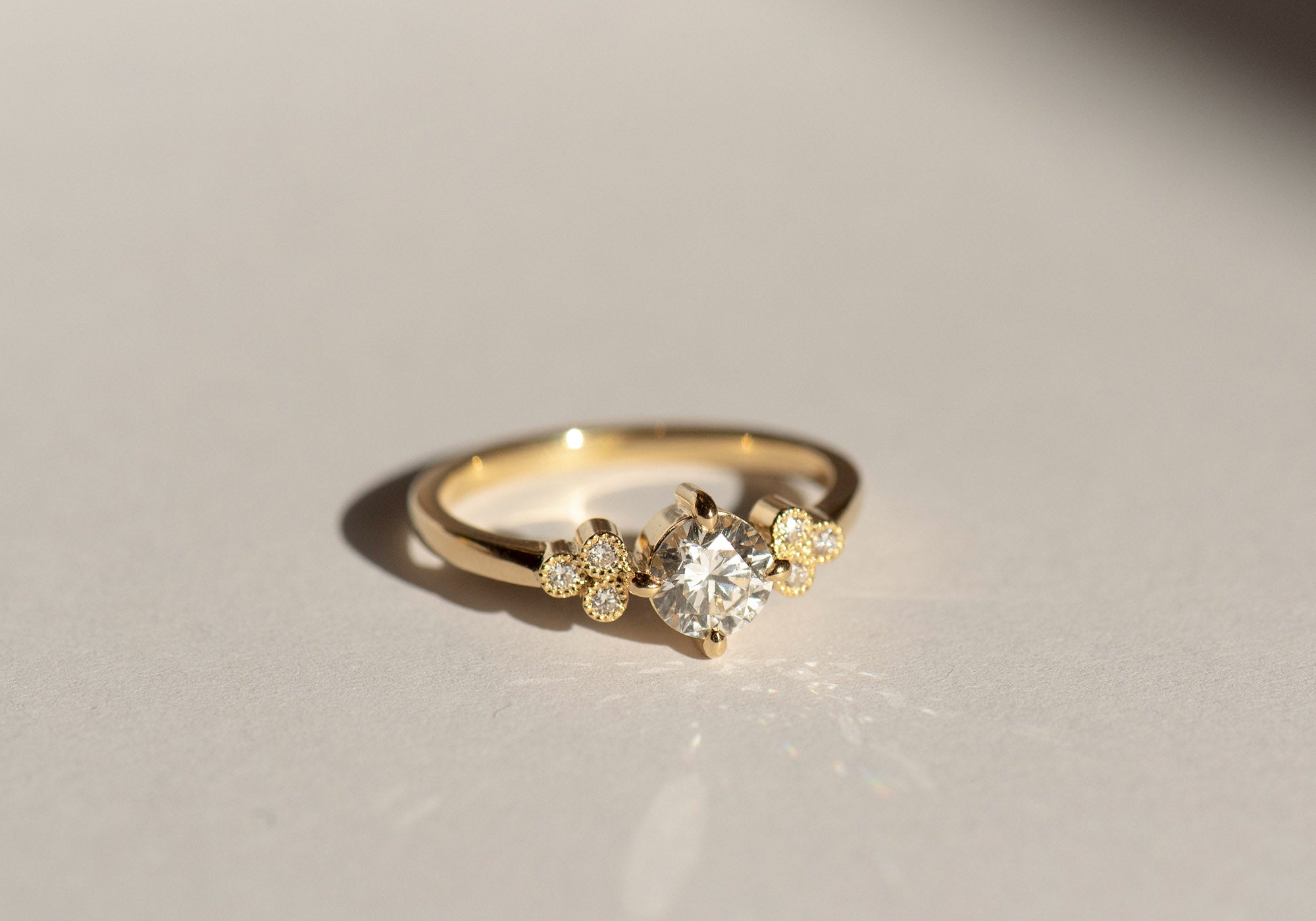
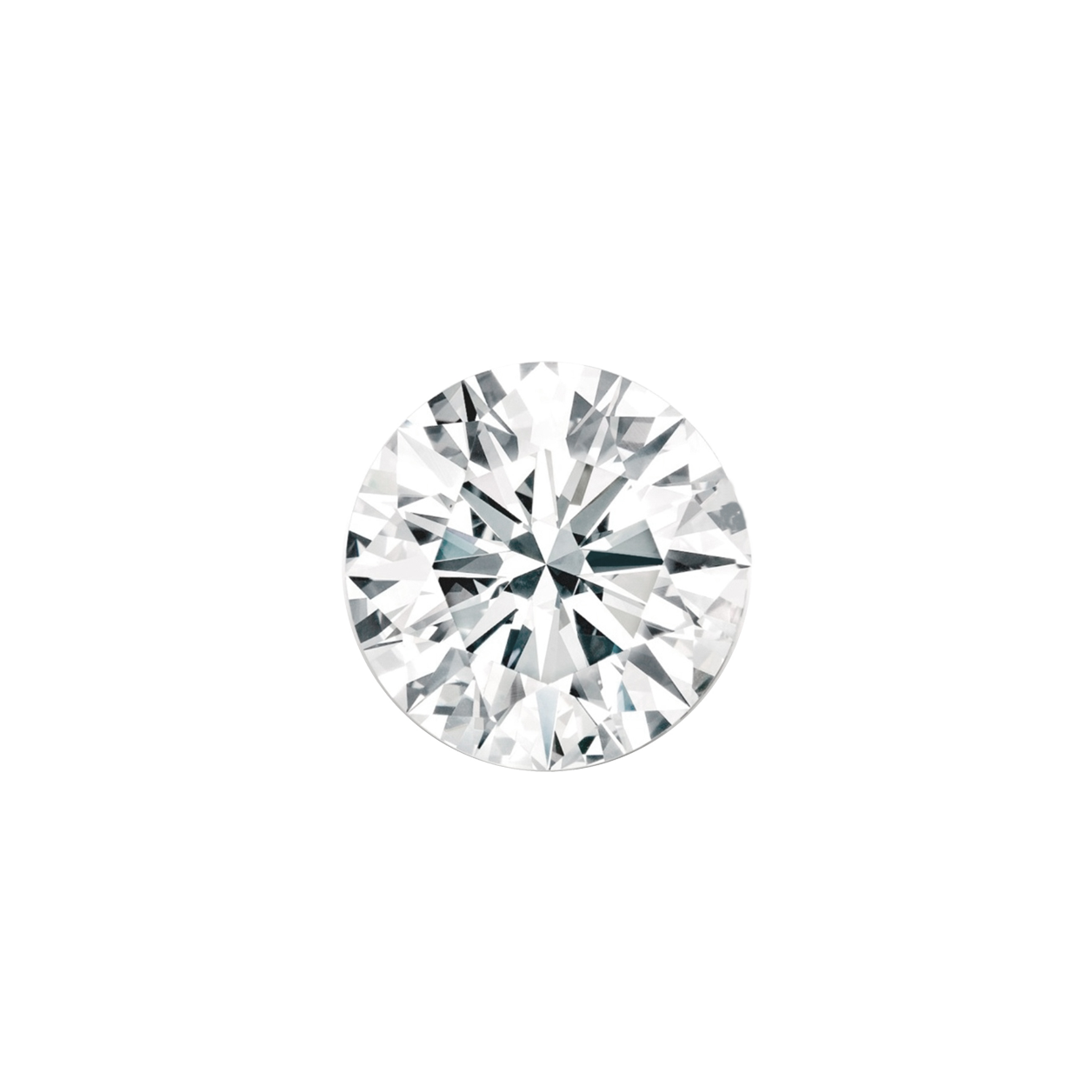
Round
The round cut accounts for more than half of the diamonds sold in the world today and is by far the most popular diamond shape.
The modern round brilliant cut diamond was developed from its predecessor the ‘single cut’.
Clean and effortlessly timeless, this shape offers optimum fire and brilliance, serving as the ideal cut for the 4 C’s.
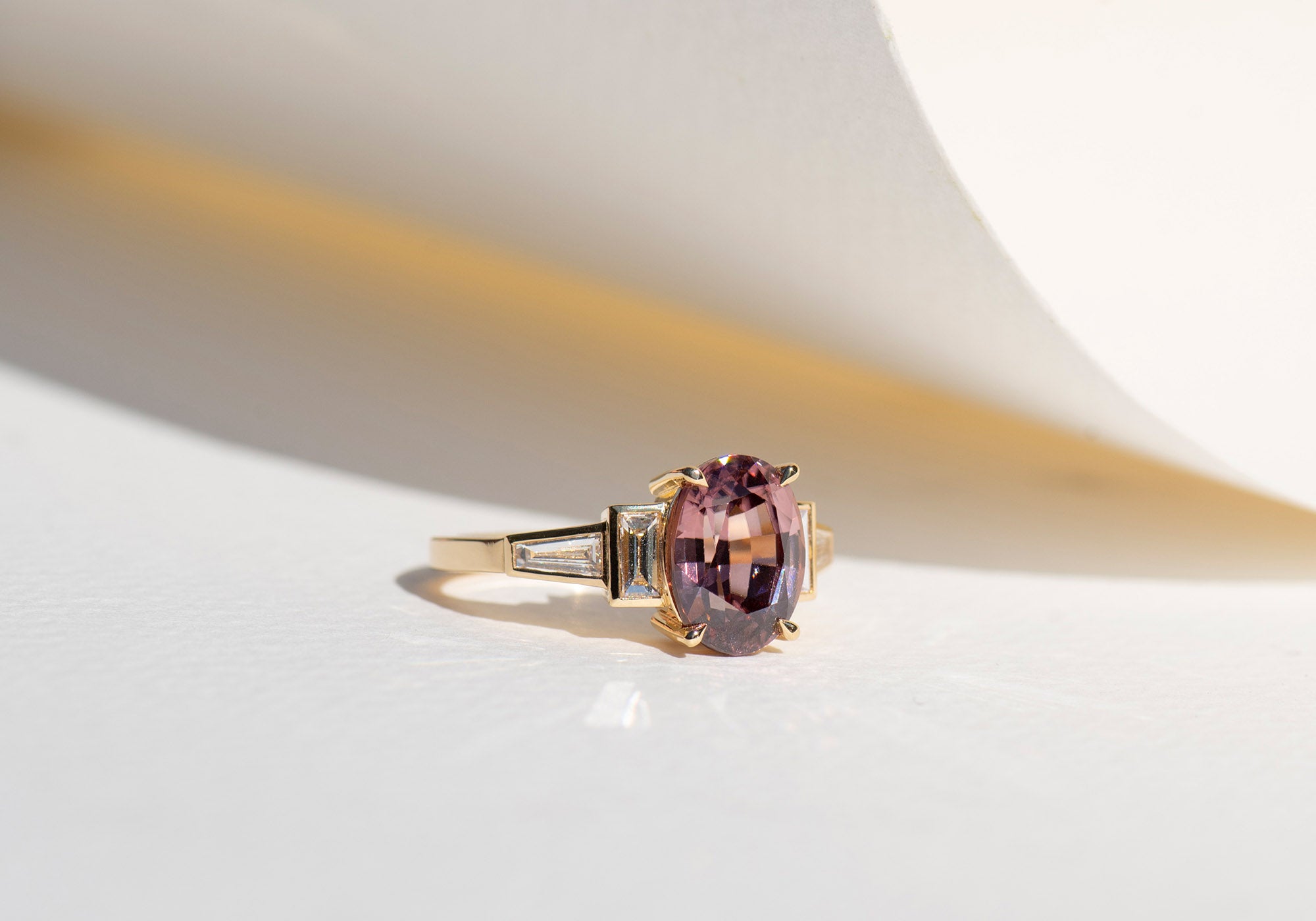
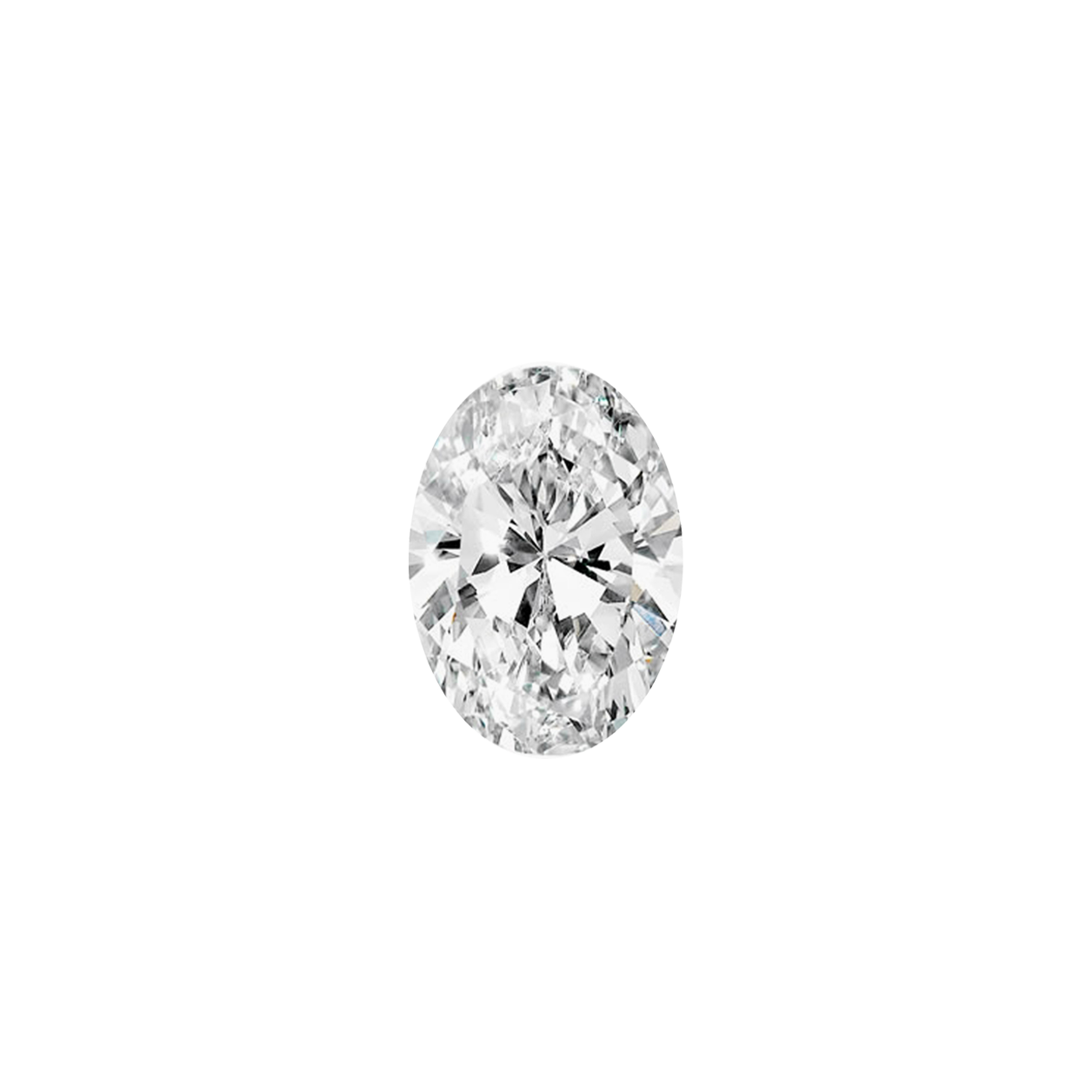
Oval
Somewhere in between a round and pear shape, the oval cut is the best of both worlds.
An oval cut is ideal for those who enjoy the sparkle that a round brilliant provides but in a more distinctive, elongated form.
This shape optimises on carat weight, meaning that the drawn out and symmetrical shape can make it appear larger than round stones of a similar weight.
When choosing oval for a central stone, symmetry and ratio of the shape is important as these are the little details the eye picks up on.
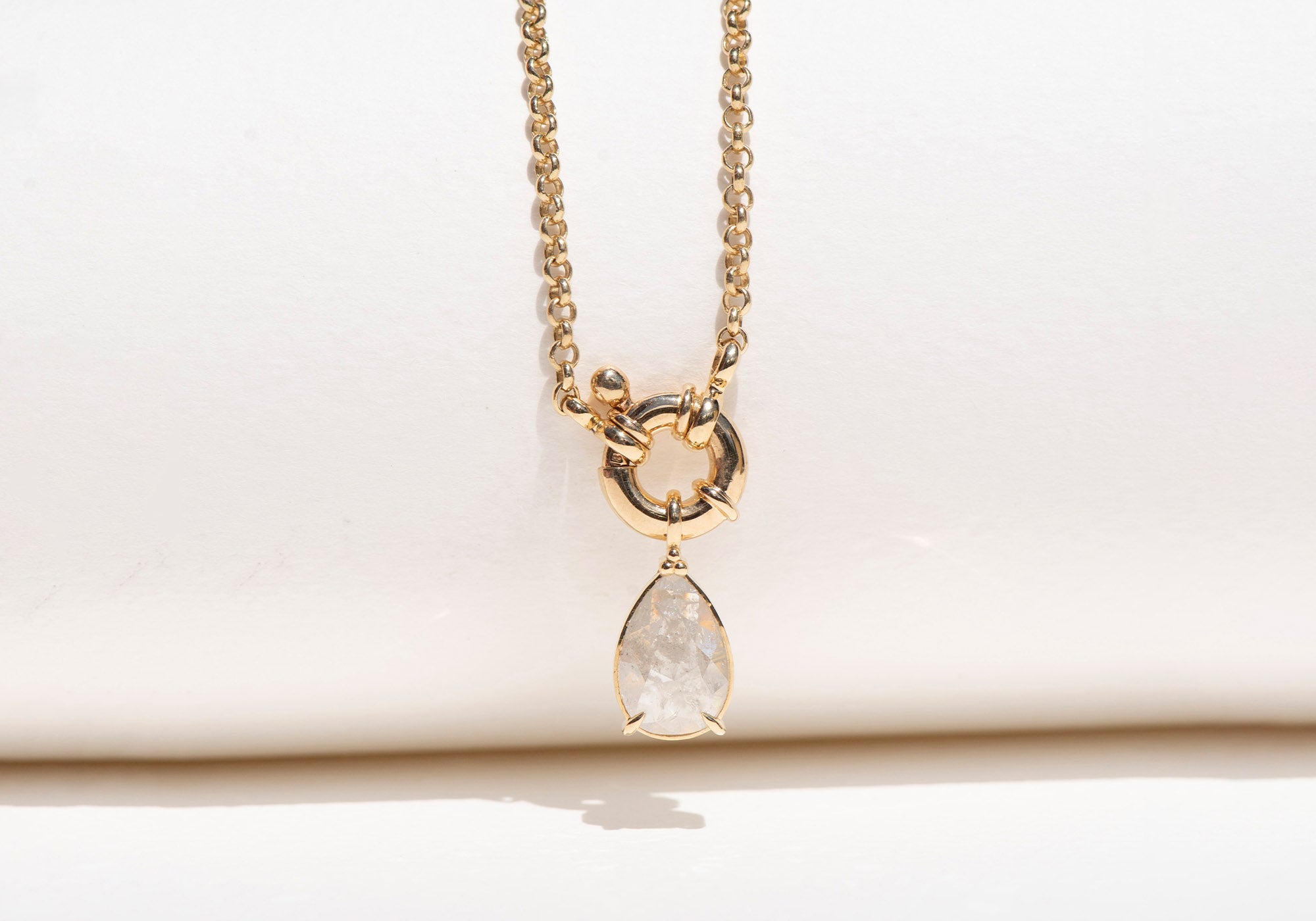
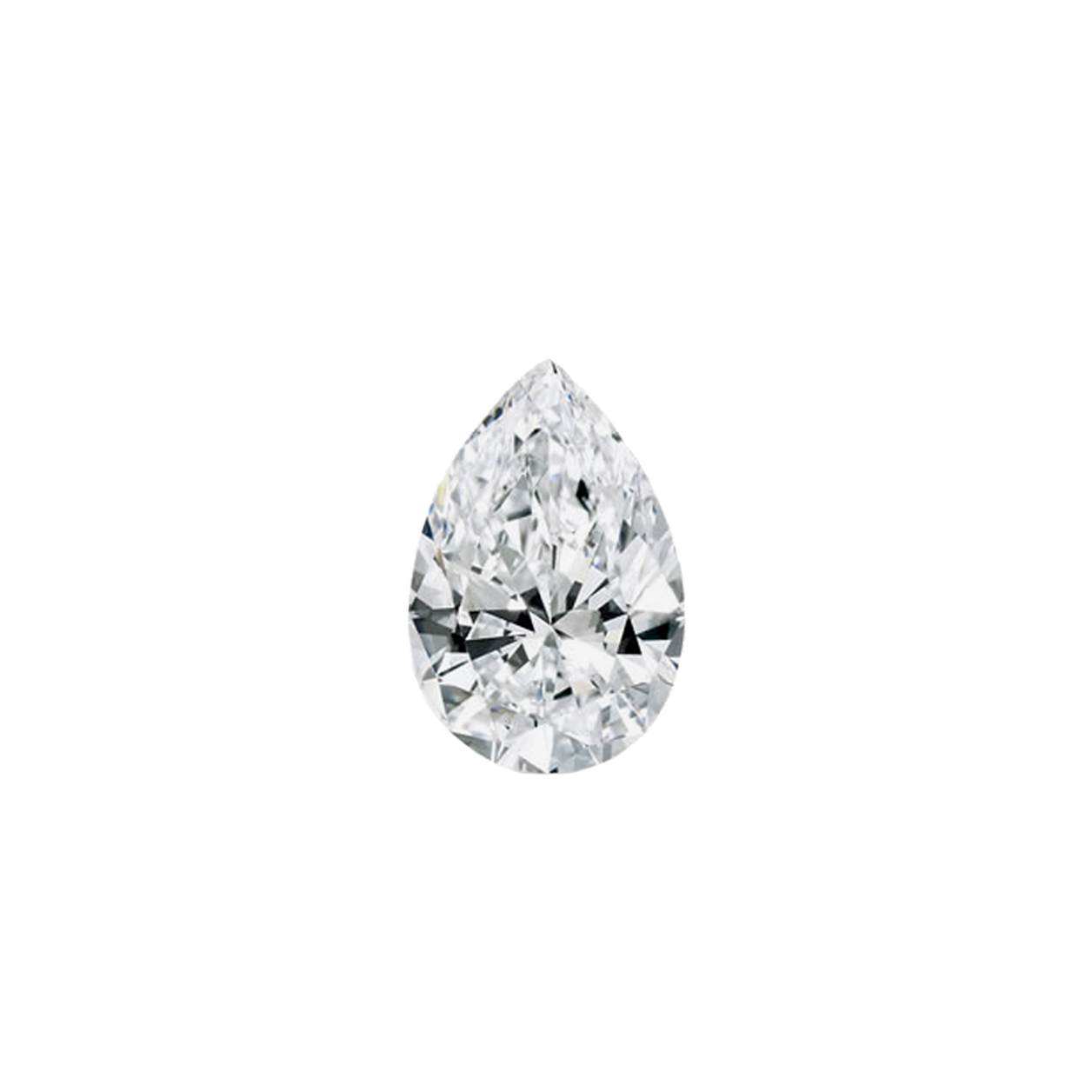
Pear
Pear Pear cuts are the combination of a round brilliant cut and the elongated, curved shape of the marquise.
This cut captures the brilliance and elegance of both shapes. When choosing a pear cut, it's important to note that both curved sides of the pear are equal and join to the point in a symmetrical union.
As colour is often more visible towards the tip of the pear shape, it’s advisable to opt for colours H and above so that you are more likely to get a stone that is even in tone.

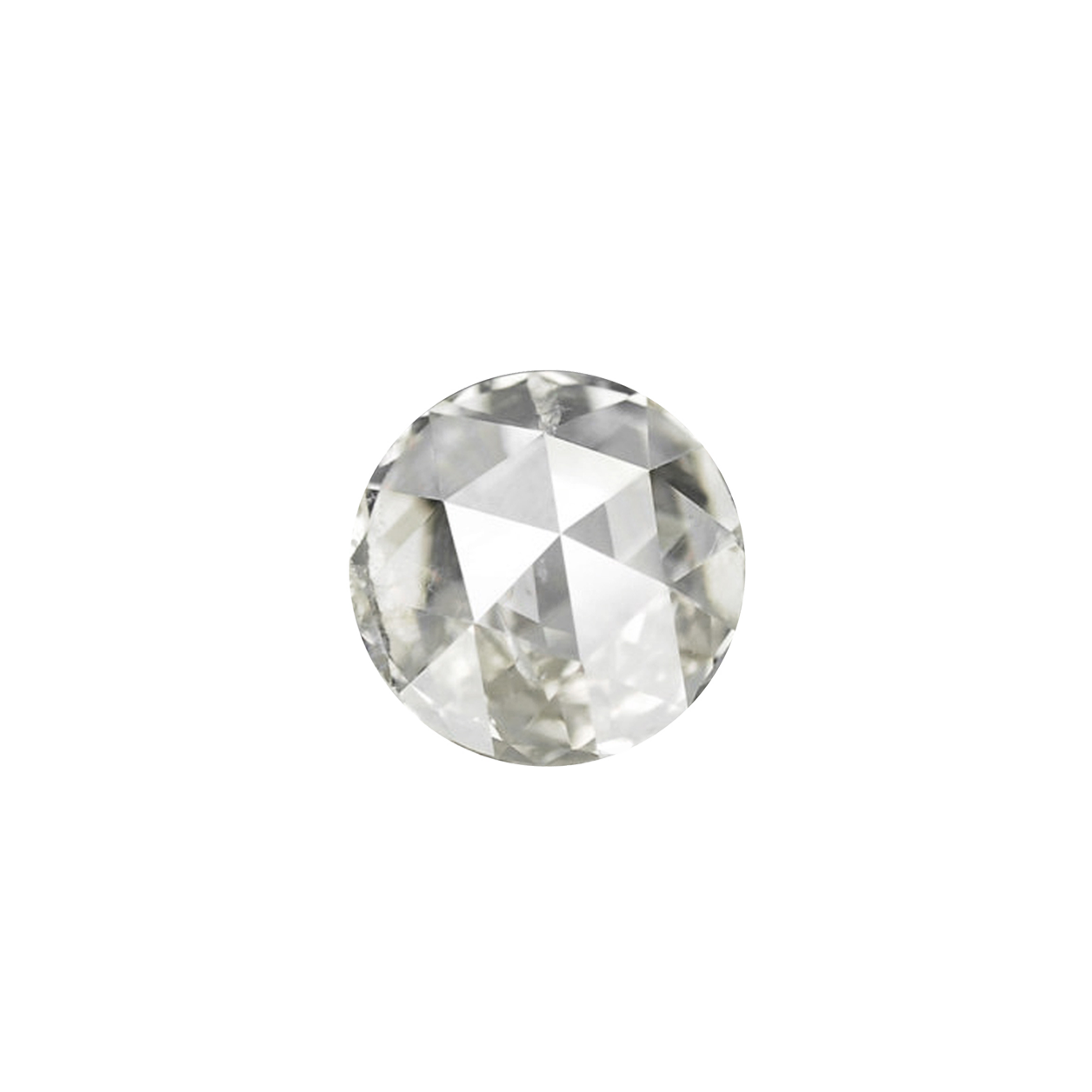
Rose
The rose cut is named after its resemblance to an opening rose bud, and is perfect for that touch of old world romance.
Rose cuts have a characteristic flat base that rises to a single apex to form a dome or hemisphere that is covered from anywhere between 3-24 small facets.
The rose cut can be traced back to the 1500s and is the cut of choice to make the most of the stone’s carat weight.
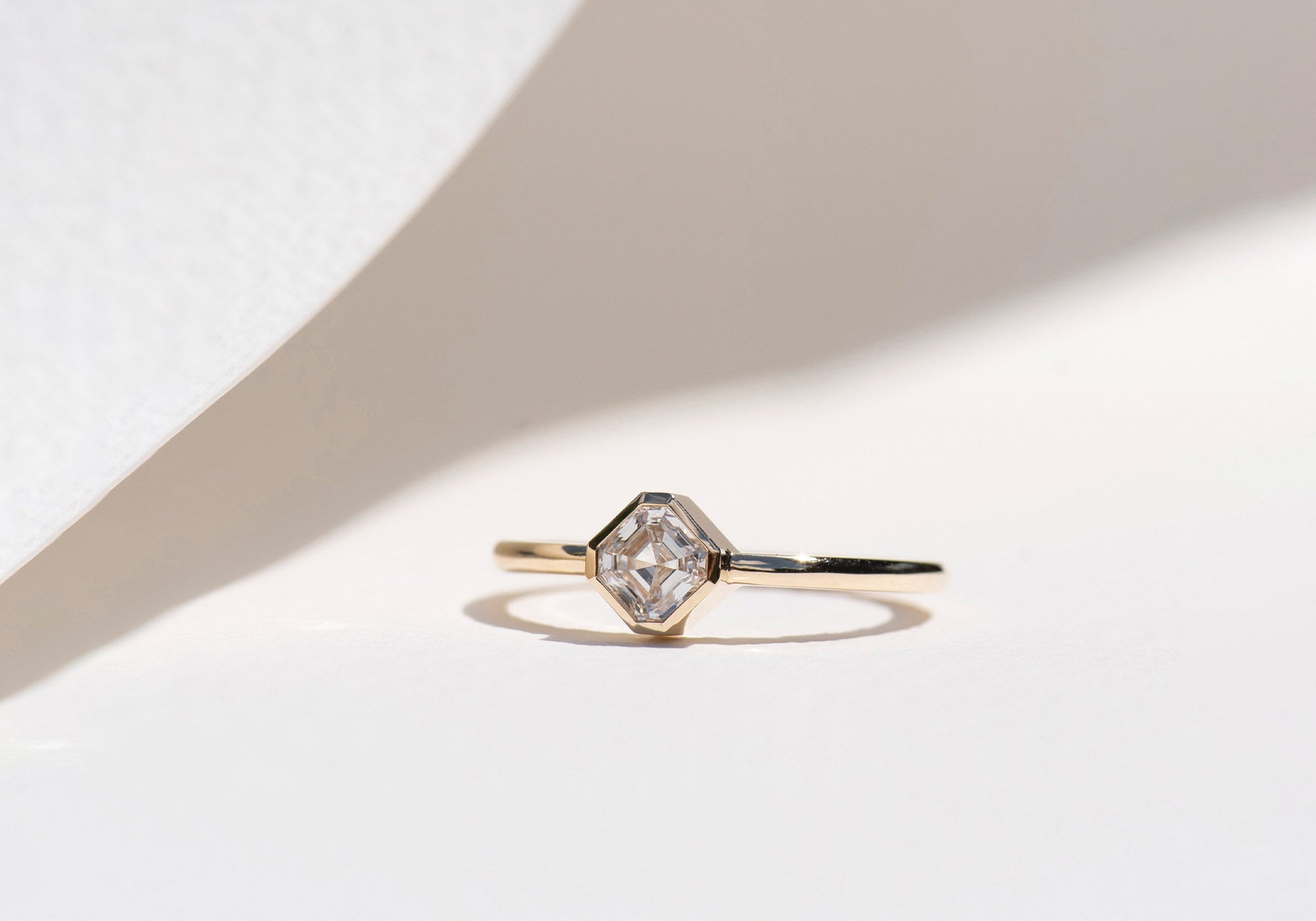
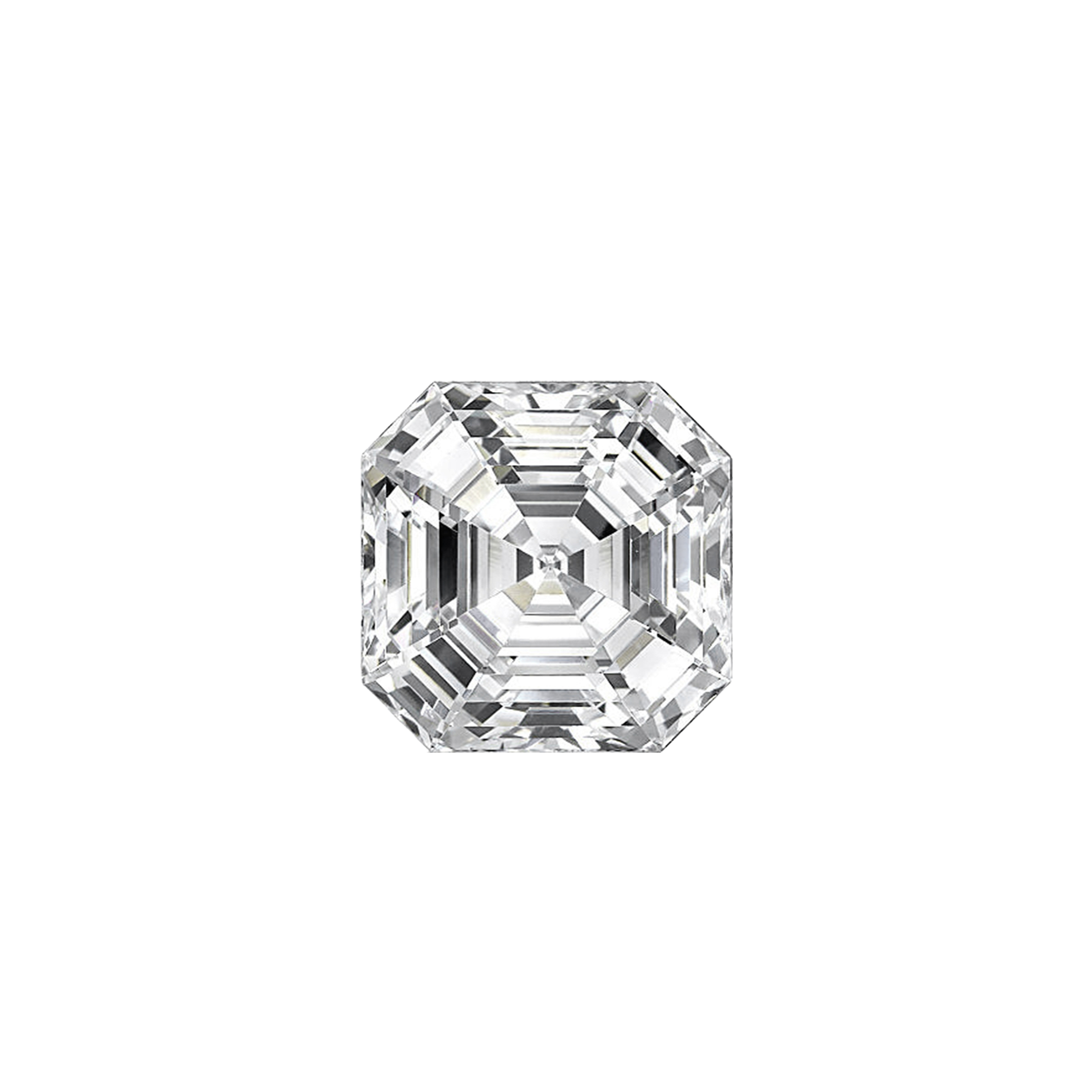
Asscher
Developed in 1902 by the Asscher brothers, known as the timelessly cool Art Deco style cut.
The Asscher is best described as a stepped square shape with cropped corners. When choosing an Asscher cut diamond, the ideal shape would show concentric squares through the table.
This means that all the facets below are properly placed and cut. This results in the optical illusion of prismatic brilliance known as ‘The Hall of Mirrors.’

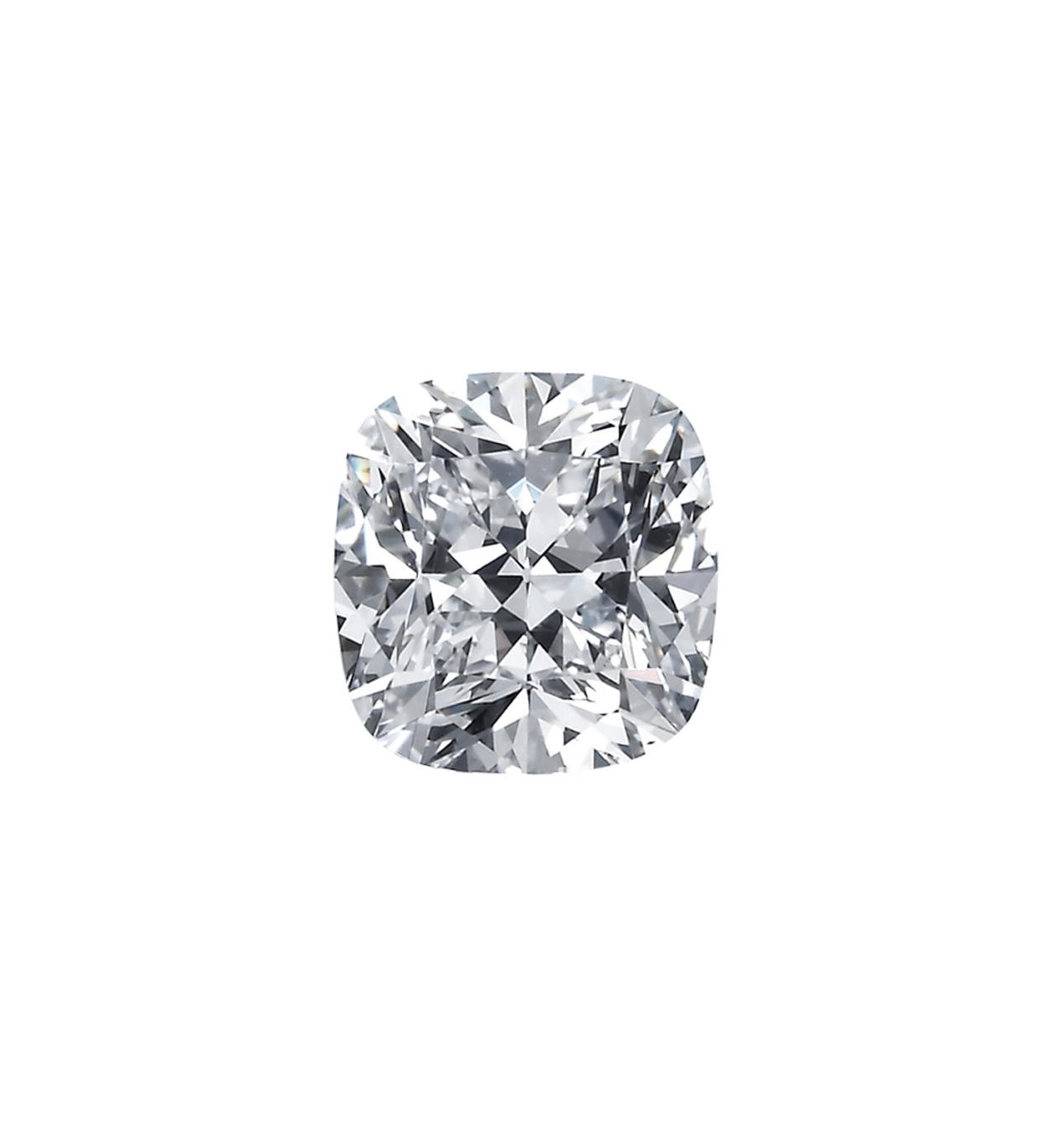
Cushion
The cushion cut, as its name suggests, resembles a pillow shape - either square or rectangular, with rounded corners.
The large facets on a cushion allow for maximum light dispersion, creating a stone that has the ability to show what is known as the ‘crushed ice’ or ‘sparkling water’ effect.
This means the shape allows for a brighter sparkle and displays a greater range of the colours of the rainbow.
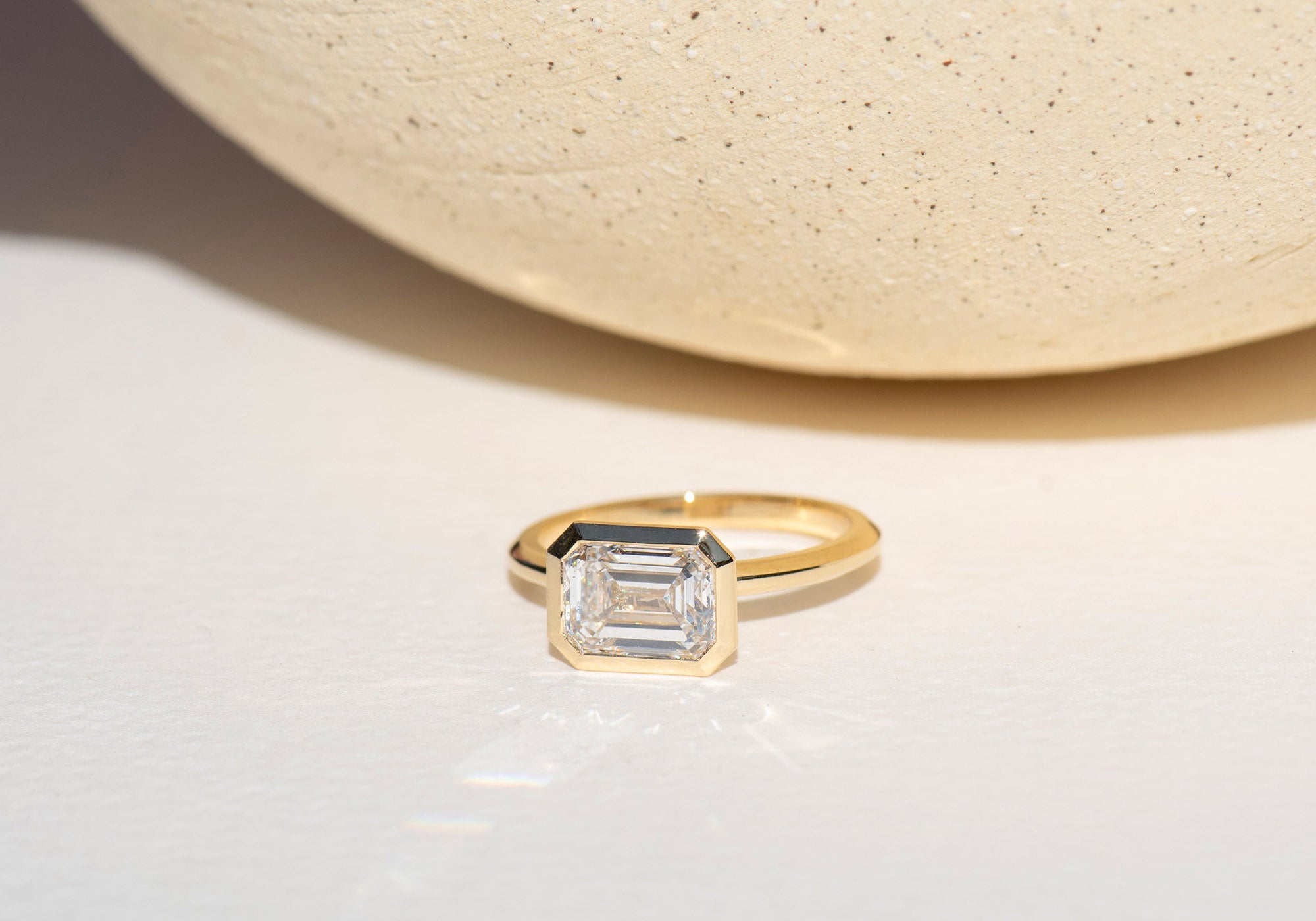
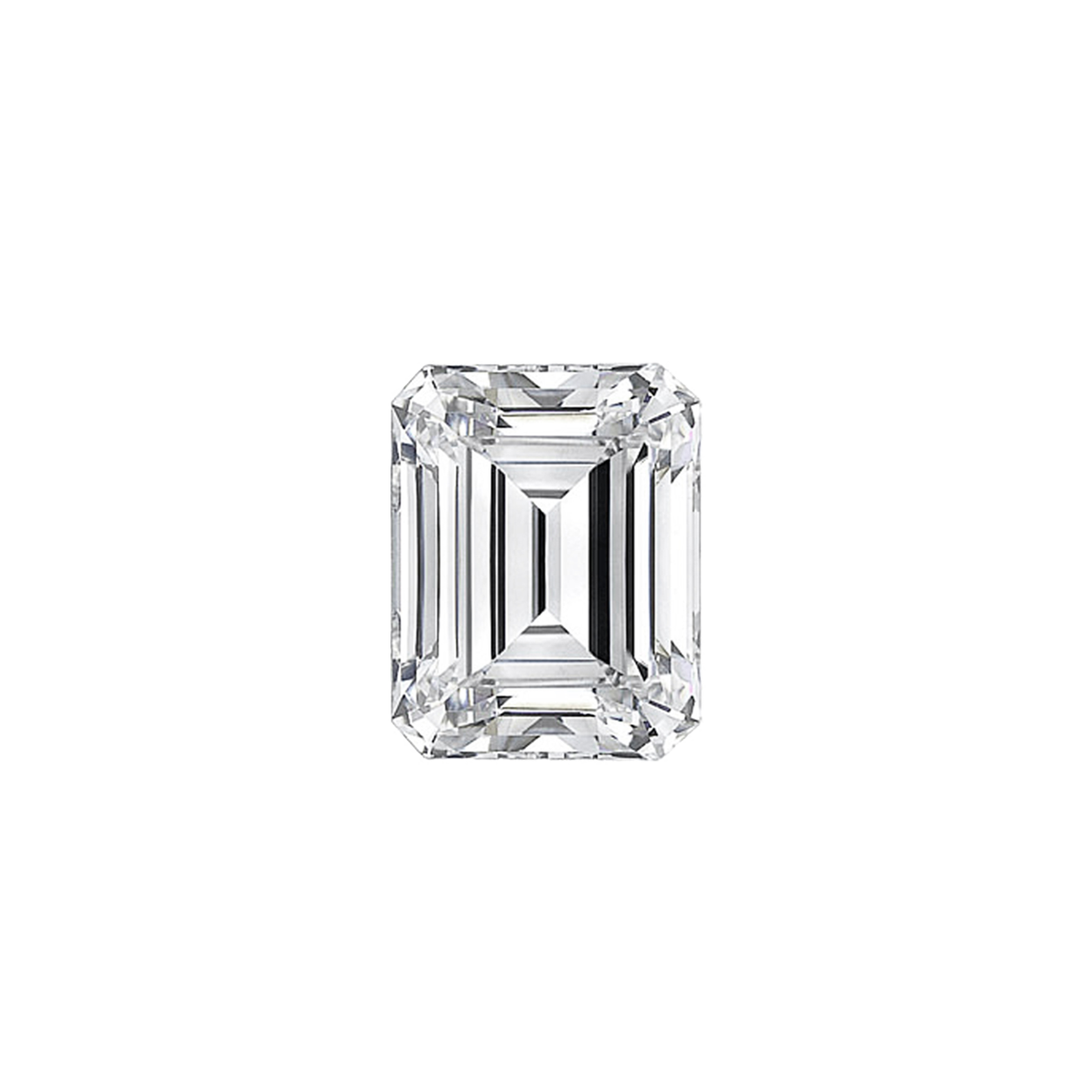
Emerald
The emerald cut is one that resonates with vintage glamour, favoured by classic style icons such as Grace Kelly.
The emerald cut highlights the clarity of the diamond and its natural crystalline rectangular growth- featuring a large centre flat plane and truncated corners.
The best emerald cut has parallel sides and even corners.

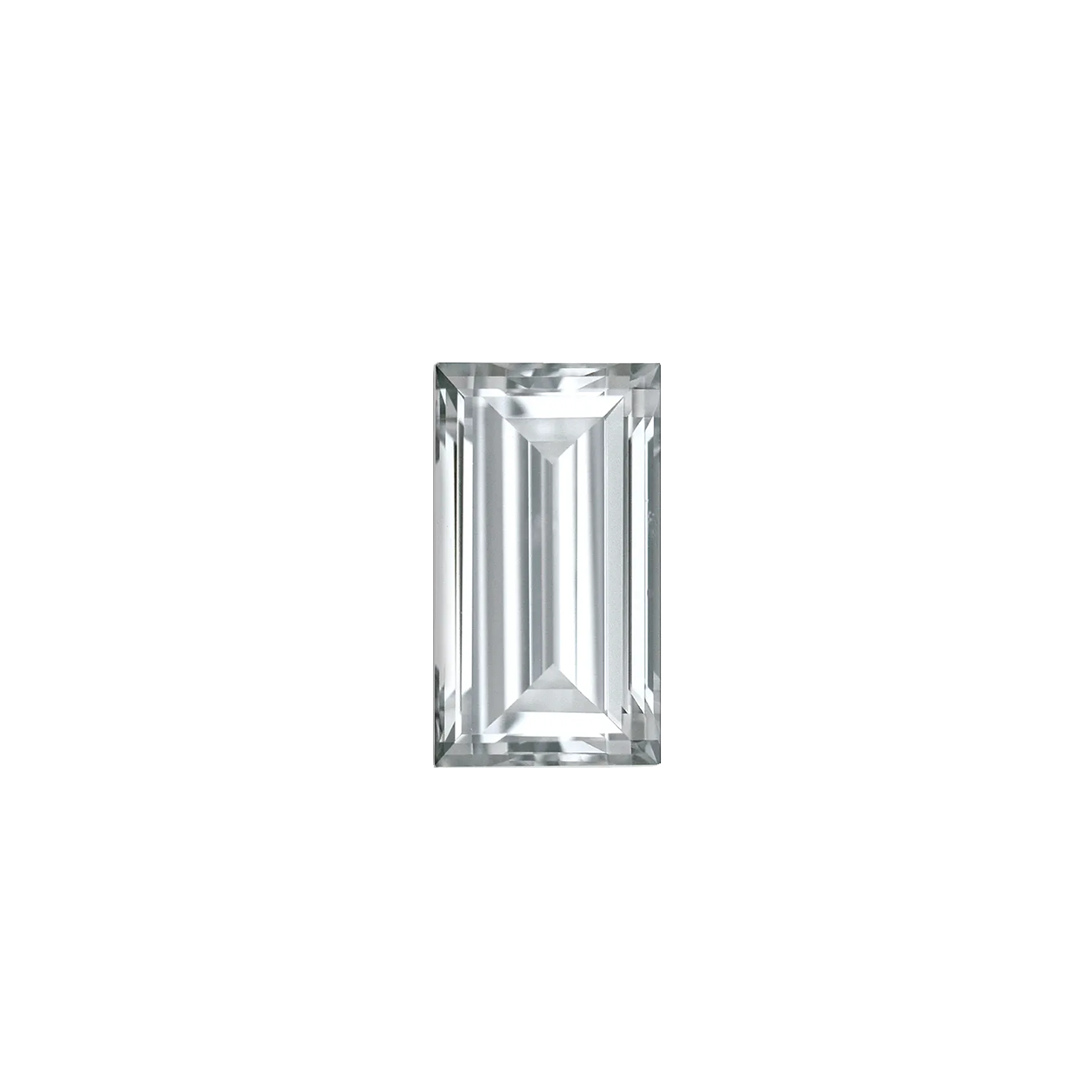
Baguette
The rectangular baguette cut was first developed in the 1920s and is now the most popular form of a step cut.
Due to its straight clean lines and geometric form, the baguette was a favourite during the Art Deco period.
With its slender nature and focus on the centre rectangular ‘table’, this shape allows for great lustre and is favourable for stones that have a high clarity or to show off a dark coloured stone.
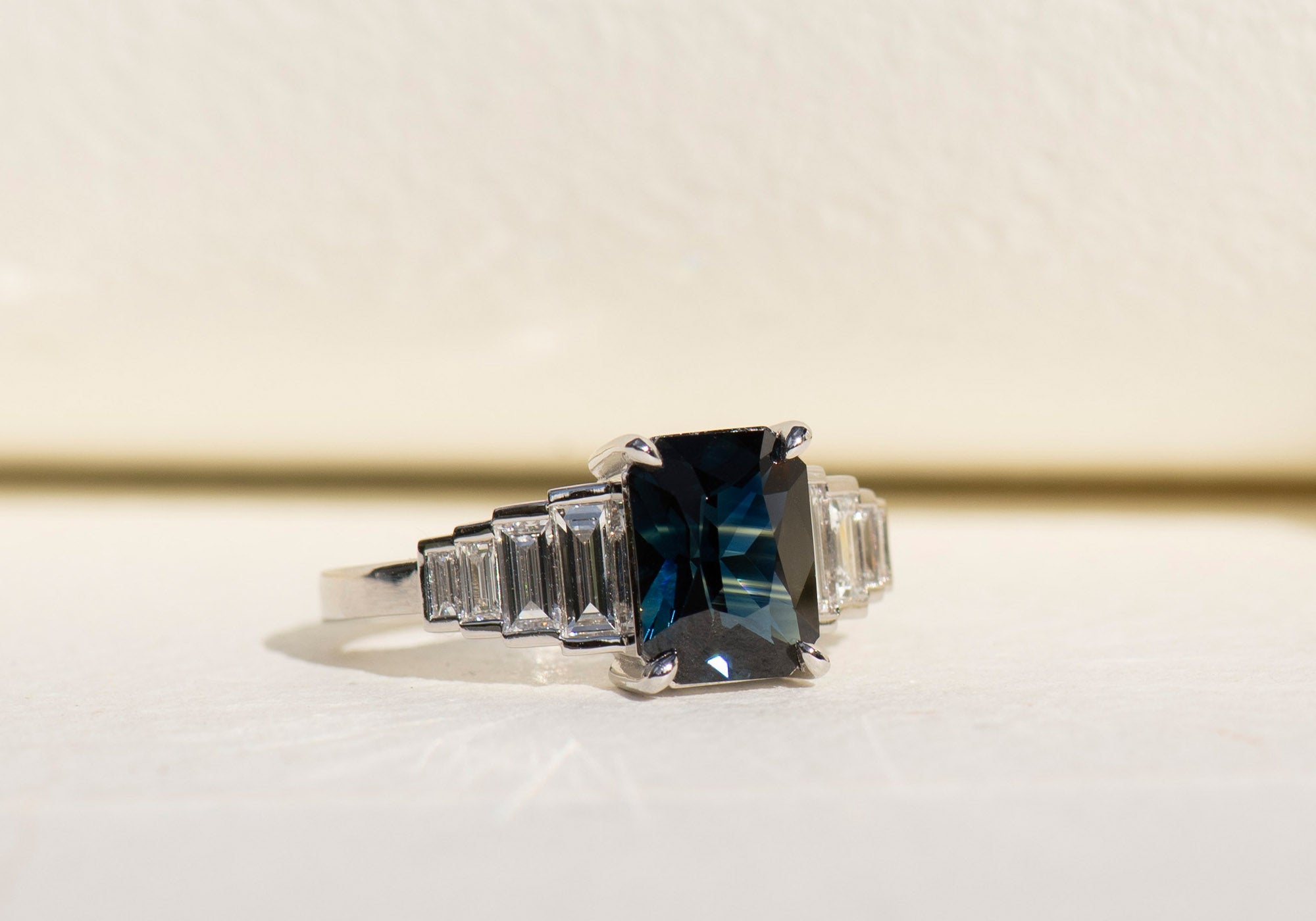
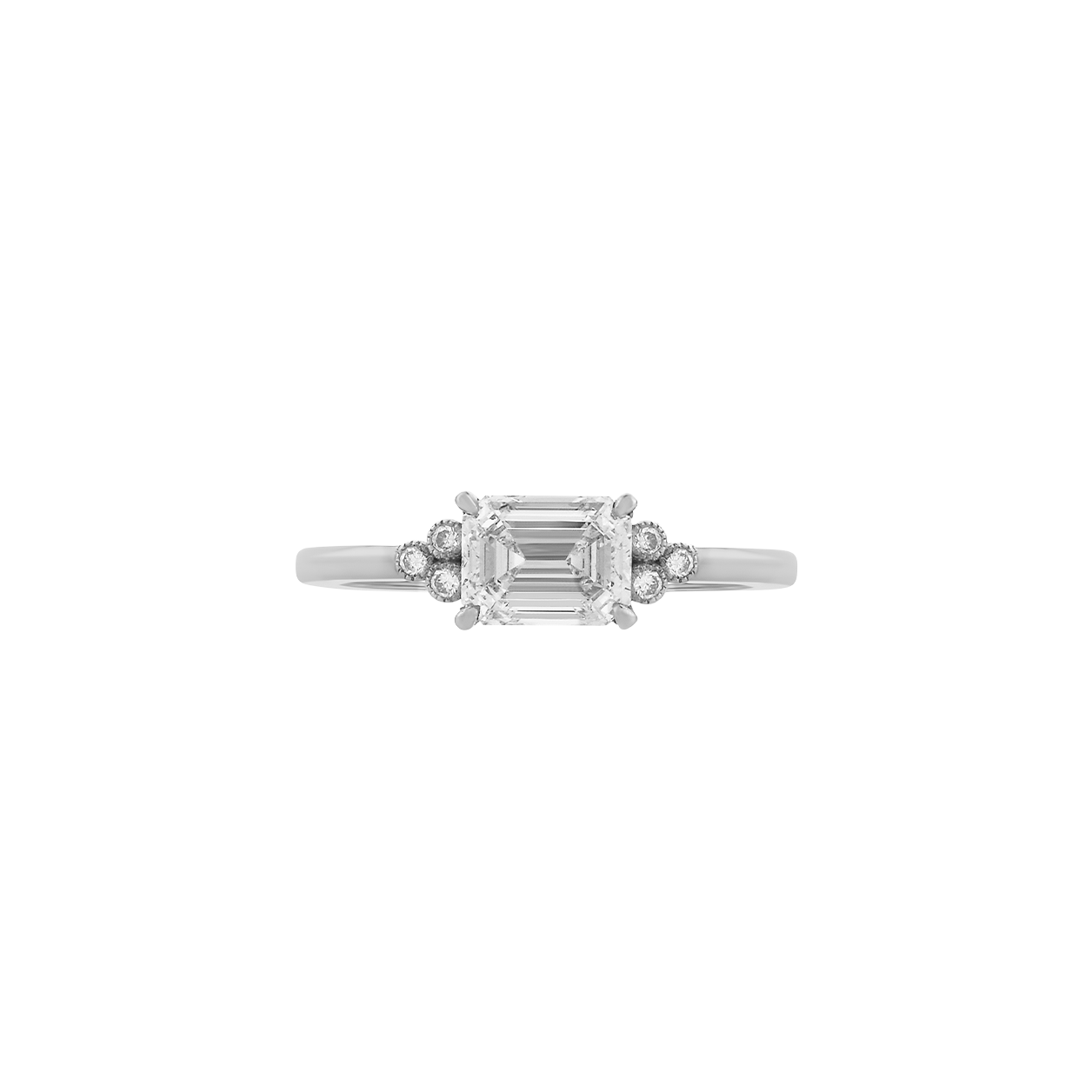
Platinum
Platinum is a precious metal and one of the rarest elements found on Earth, it derives its name from the Spanish word 'Platina,' meaning 'little silver’.
Because of its scarcity, Platinum has become highly valuable. This durable and enduring metal is resistant to tarnish, making it an ideal choice for jewellery.
At Zoë & Morgan, we craft platinum pieces using high-content platinum of at least 95% purity. Its hypoallergenic properties make it a safe and comfortable metal for daily wear, ensuring you can cherish your platinum jewellery for a lifetime.
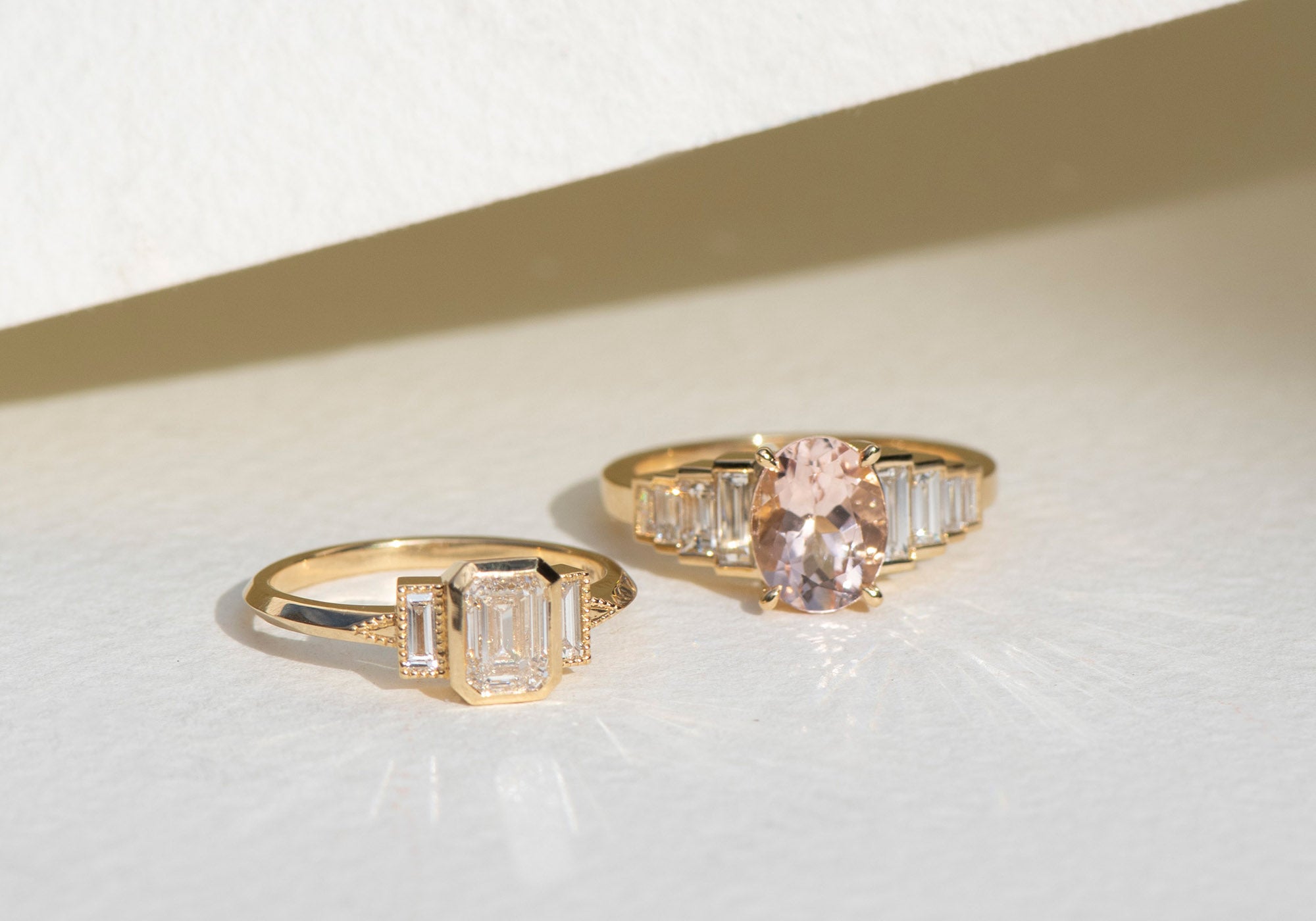
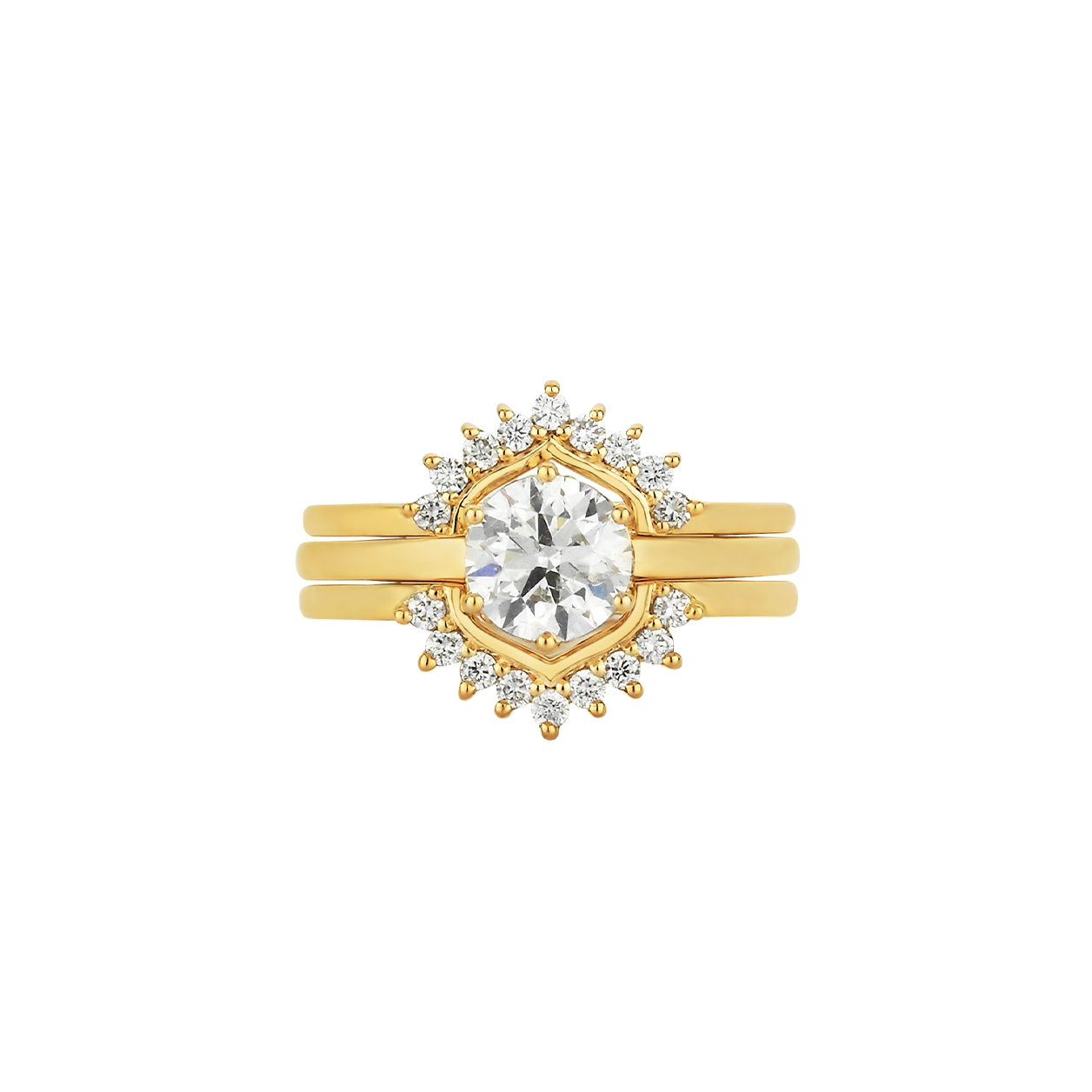
Yellow Gold
Yellow gold has a long history, since it was one of the first known metals discovered. Its name is derived from the old English word for yellow, 'geolu'. Gold is unique for its ability to not rust or corrode, making it practical for everyday wear.
Gold can be further categorised into different karats. Pure 100% gold being 24 karats by definition.
18 karat gold is the most popular, with 750 parts per thousand parts. Yellow gold is an ideal choice because it wears well and ages beautifully.
At Zoë & Morgan we use both 9k and 18k yellow gold for our fine and demi fine jewellery.
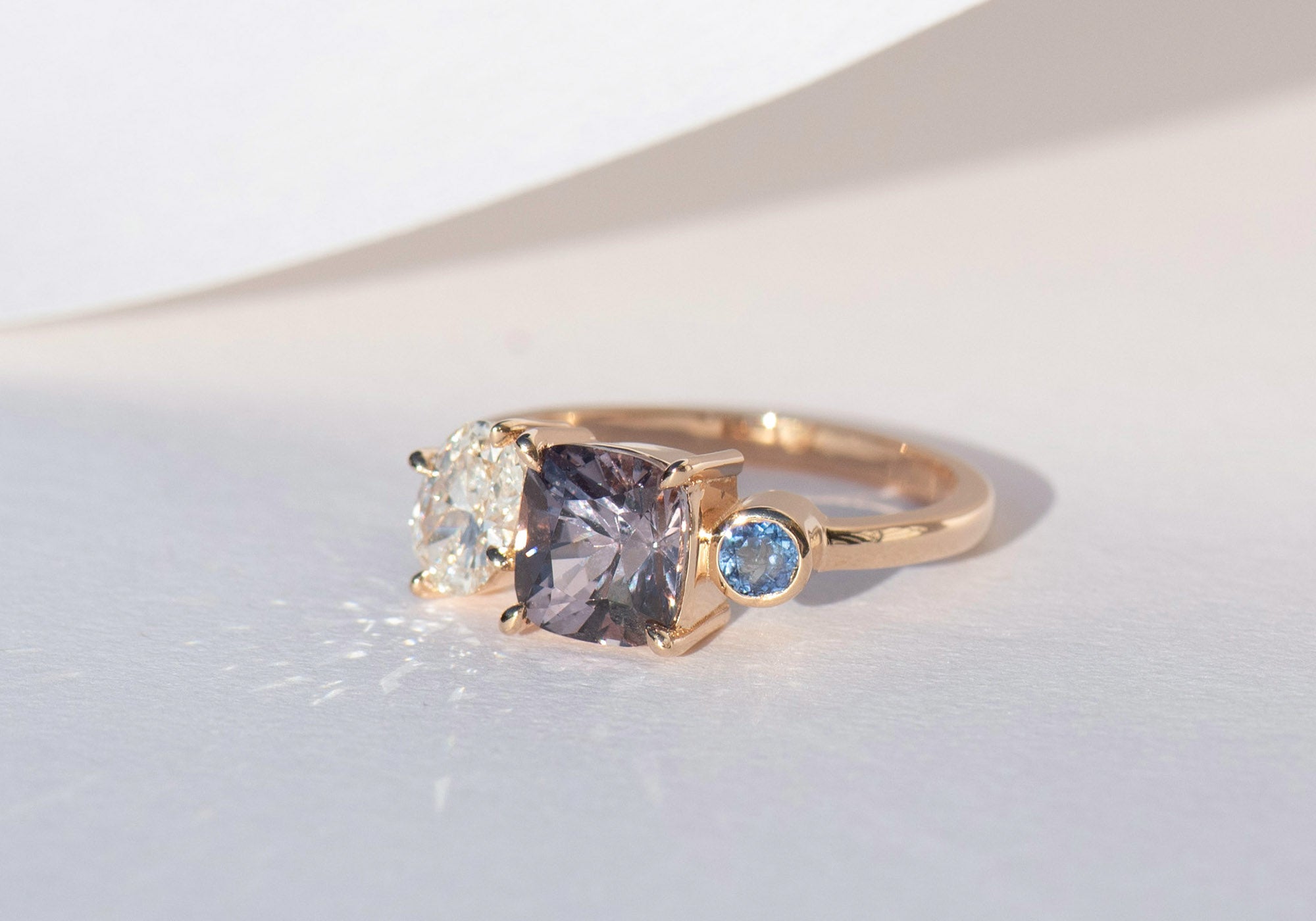
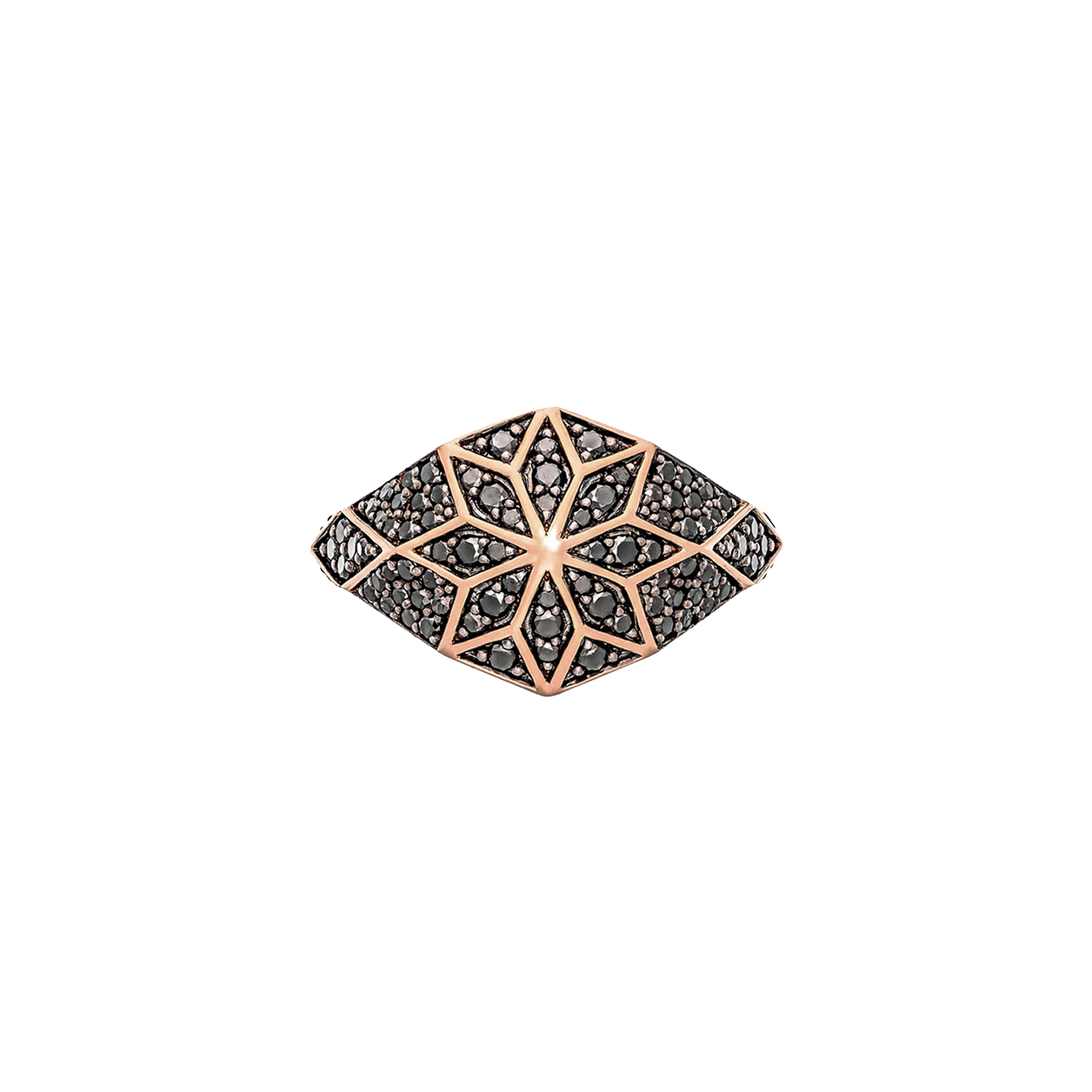
Rose Gold
Rose gold is created by mixing gold with copper.
Rose gold is feminine and soft with a warm blush hue with a look that suits many skin tones.
It looks best with white or champagne coloured diamonds.
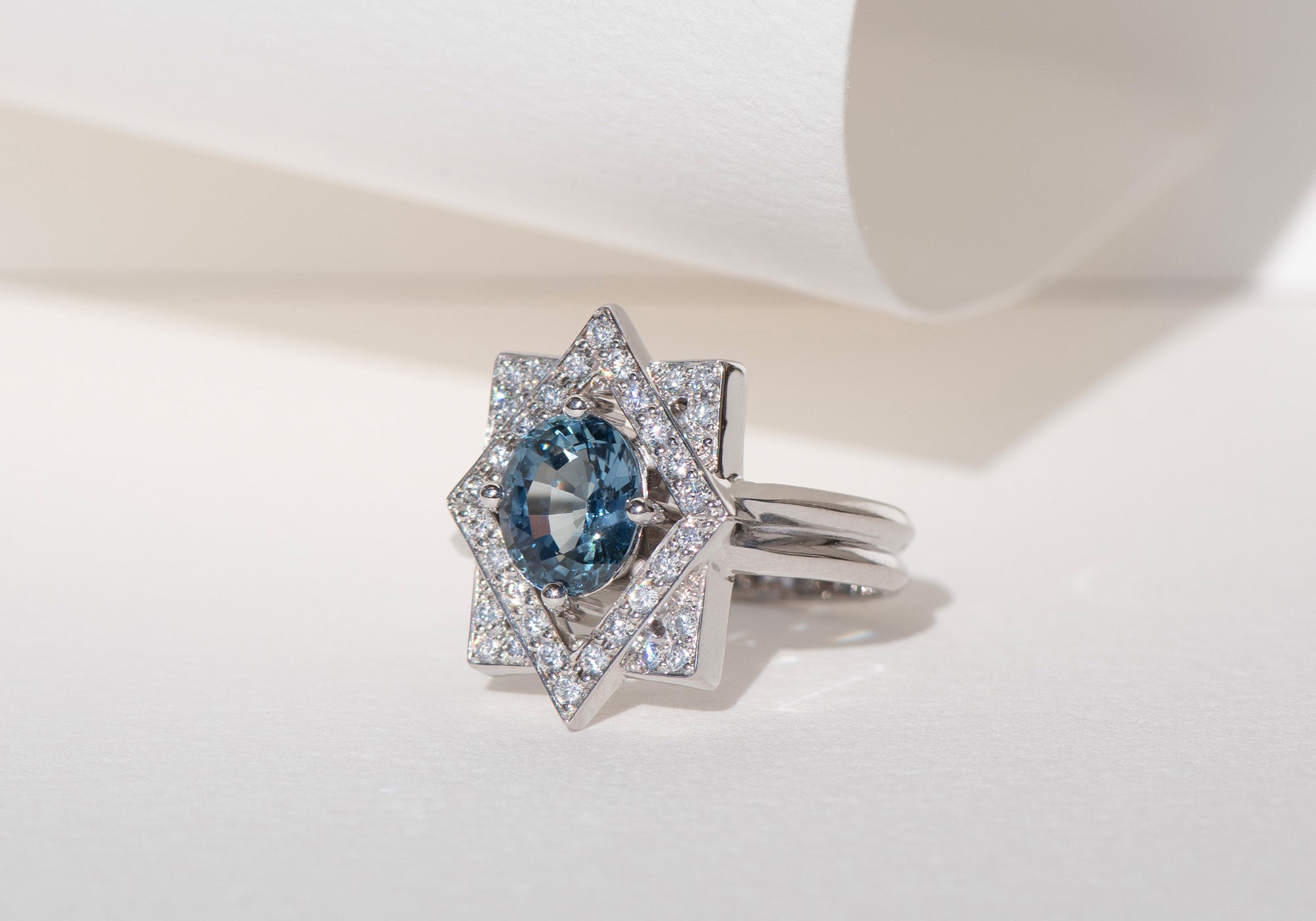

White Gold
White gold is a mixture of gold and other white metal components such as silver and palladium.
White gold gained popularity during the Art Deco period due to its clean and elegant look that perfectly complemented bold geometric designs.
Because white gold’s natural colour is a light grey colour, rhodium plating is used to make the metal more white and shiny. This plating is hard wearing but will eventually wear away with time so to keep white gold looking at its best it can be re-plated with rhodium every 12 to 18 months.
If you are deciding between white gold or platinum, ask for a quote for both.
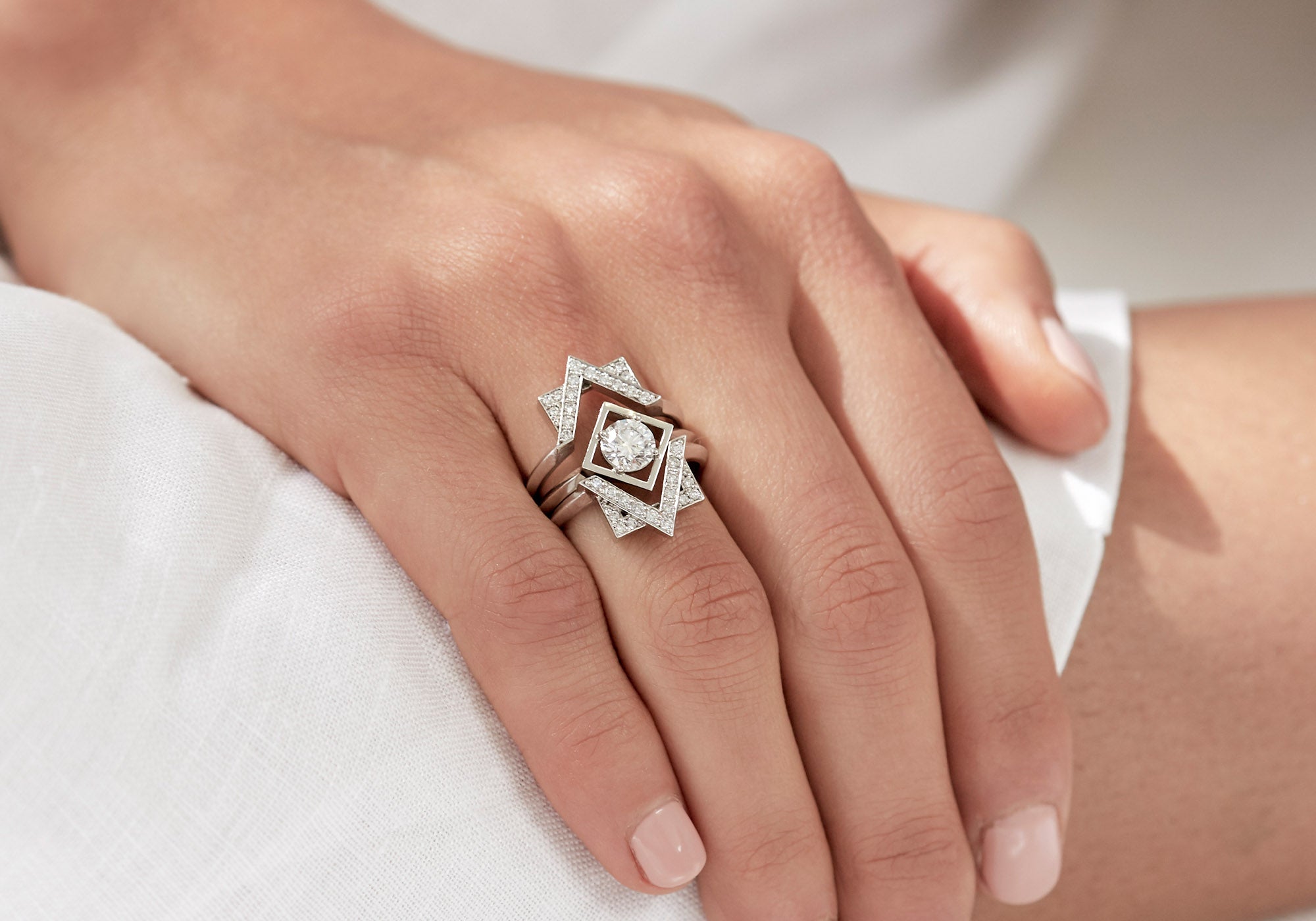
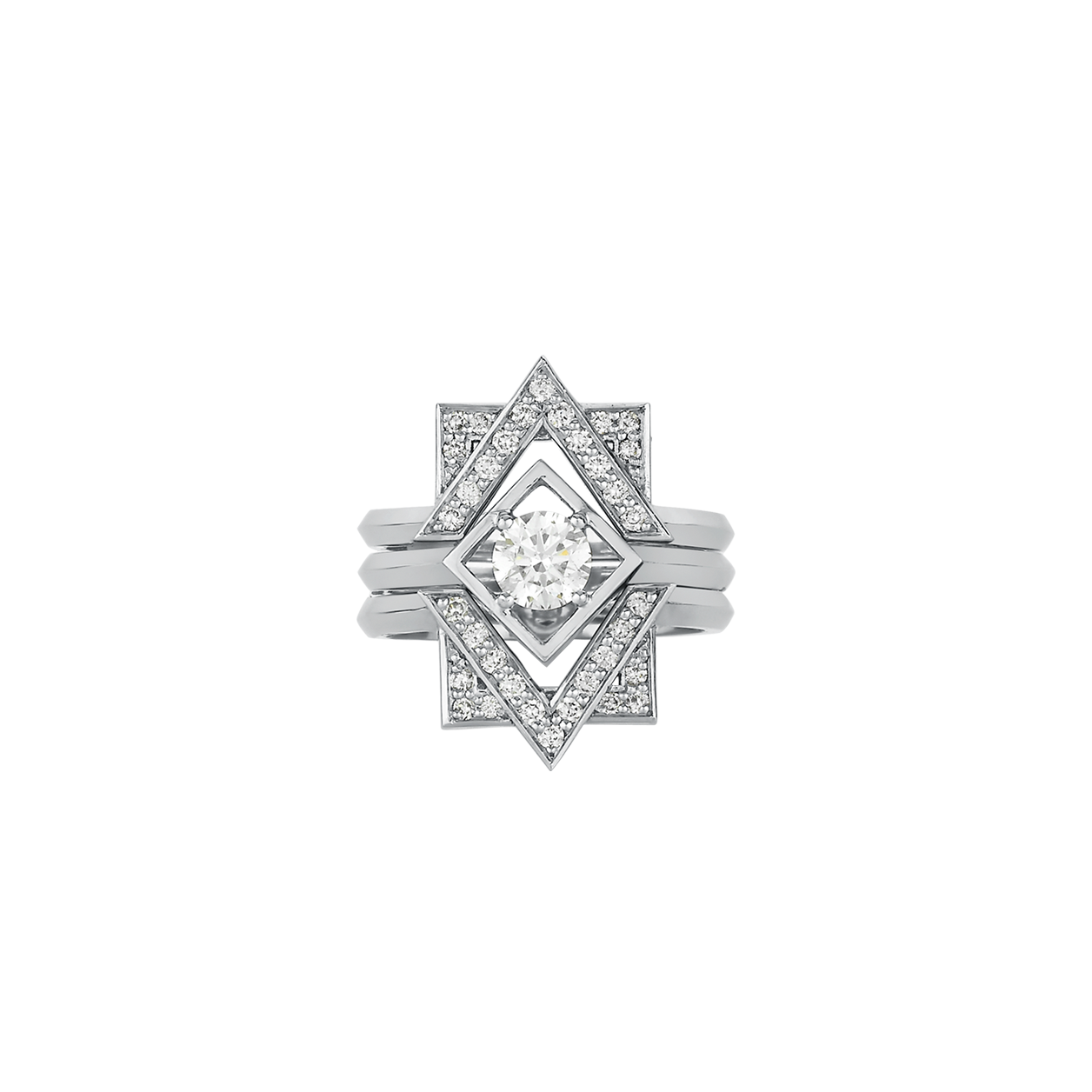
Rhodium Plating
Rhodium plating is a process that coats over silver or white gold to give it that extra boost of durability and shine.
It enhances white gold's lustre and appearance, providing added protection against scratches and tarnishing.
However, keep in mind that this plating may wear away over time, so re-plating with rhodium every 12 to 18 months can help maintain its brilliance.


Carat
Diamonds are measured in terms of weight not size, ‘Carat’ is the weight measurement of a precious stone, with one metric carat equalling to one fifth of a gram.
Gem cutters will always analyse a diamond in its rough form and try to make sure they cut stones that retain the most carat weight.
Two diamonds of equal weight can still end up with different value, as the quality is determined by, colour, clarity and cut.
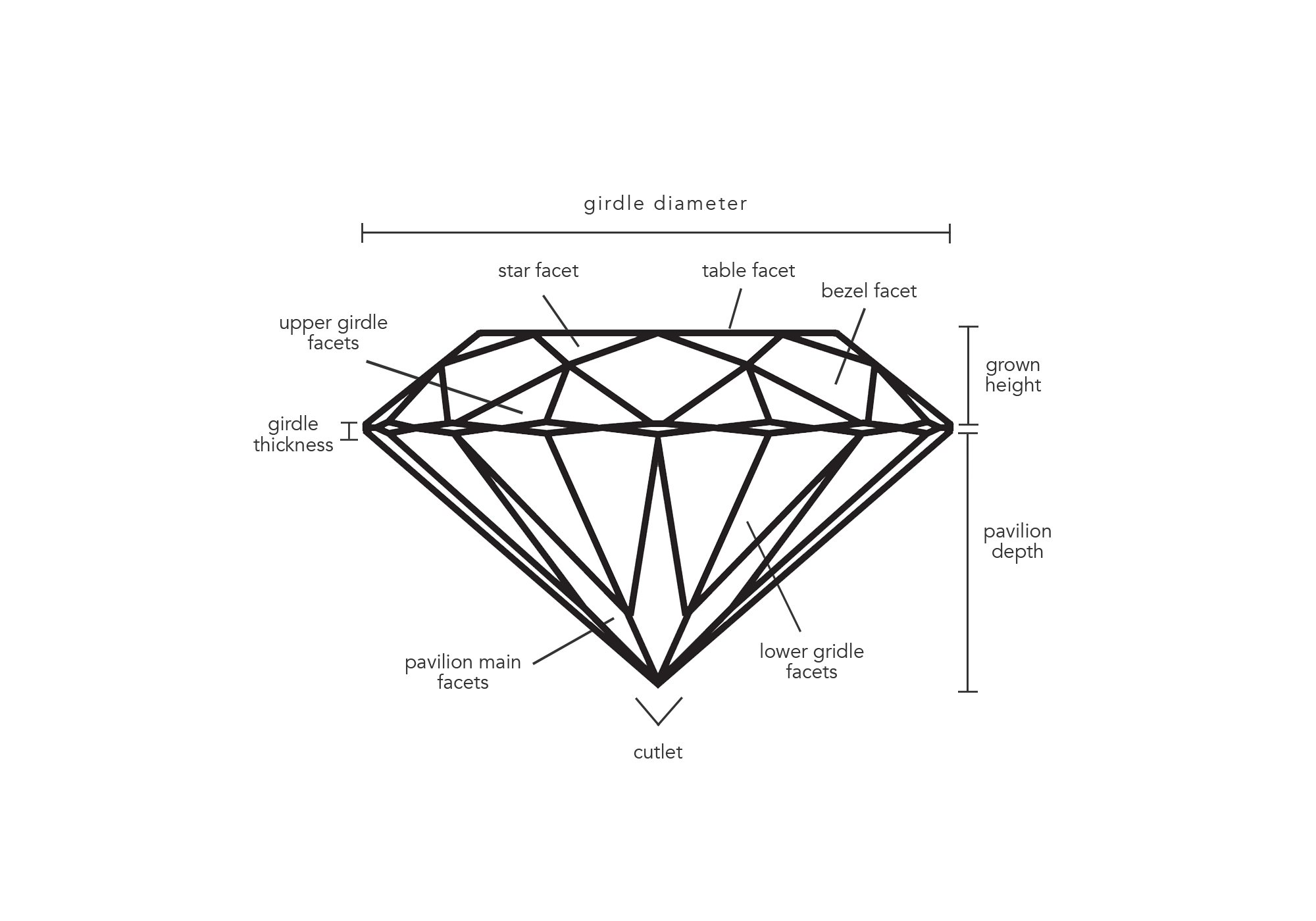
Cut
Diamond cutting began when Indian craftsmen found that by grinding diamonds together, they could create new depths of light and shimmering reflections. Modern technology can turn a raw diamond into any shape with maximum sparkle. A skillfully cut diamond creates brilliance, fire and scintillation - the three optical properties this gem has and its relationship with light.
Brilliance - The combined effect of all of the reflections of light on the facets internally and externally.
Fire - if the diamond is cut well, the interaction of white light and facets will produce fire showing all colours of the rainbow with red being the best colour you can get.
Scintillation - How well the diamond sparkles, no matter the angle of the piece.
The proportions and symmetry of facets have a dramatic take on how well light interacts and performs on a diamond. These are all small details that Zoë & Morgan take into consideration when designing the perfect ring for you.
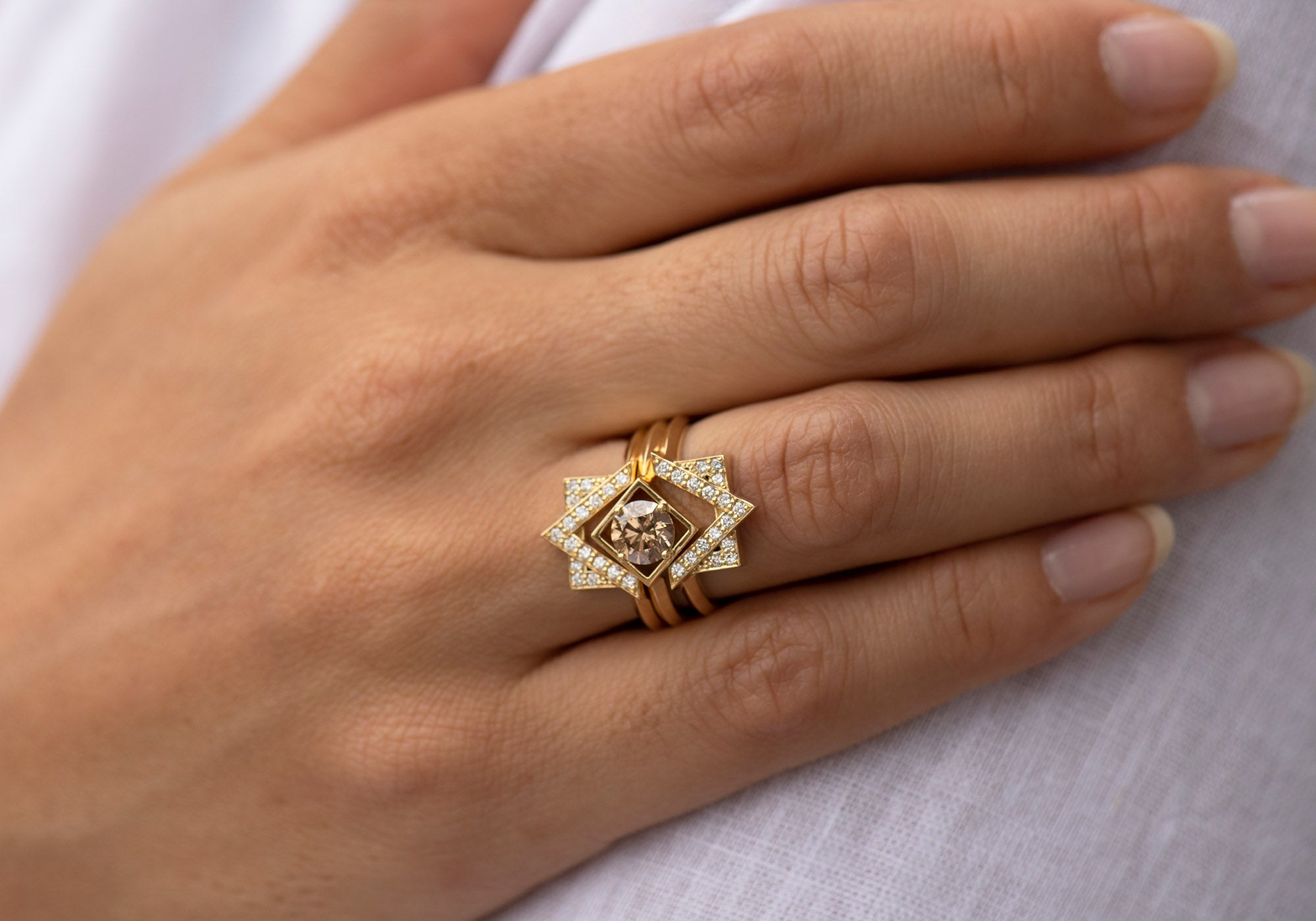

Colour
When we refer to colour, we are referring to the diamond colour grading scale. D-F are the most desired colours, with D being colourless, and going down the scale to a light yellow.
During their formation underground, diamonds can attain a structural defect or pick up chemical impurities. A clear diamond means that it's free of these imperfections.
These factors change how a diamond absorbs light and its spectral colours, giving diamonds an almost chameleon like nature.
On a D to W scale, a diamond's value is relative to its absence of colour.
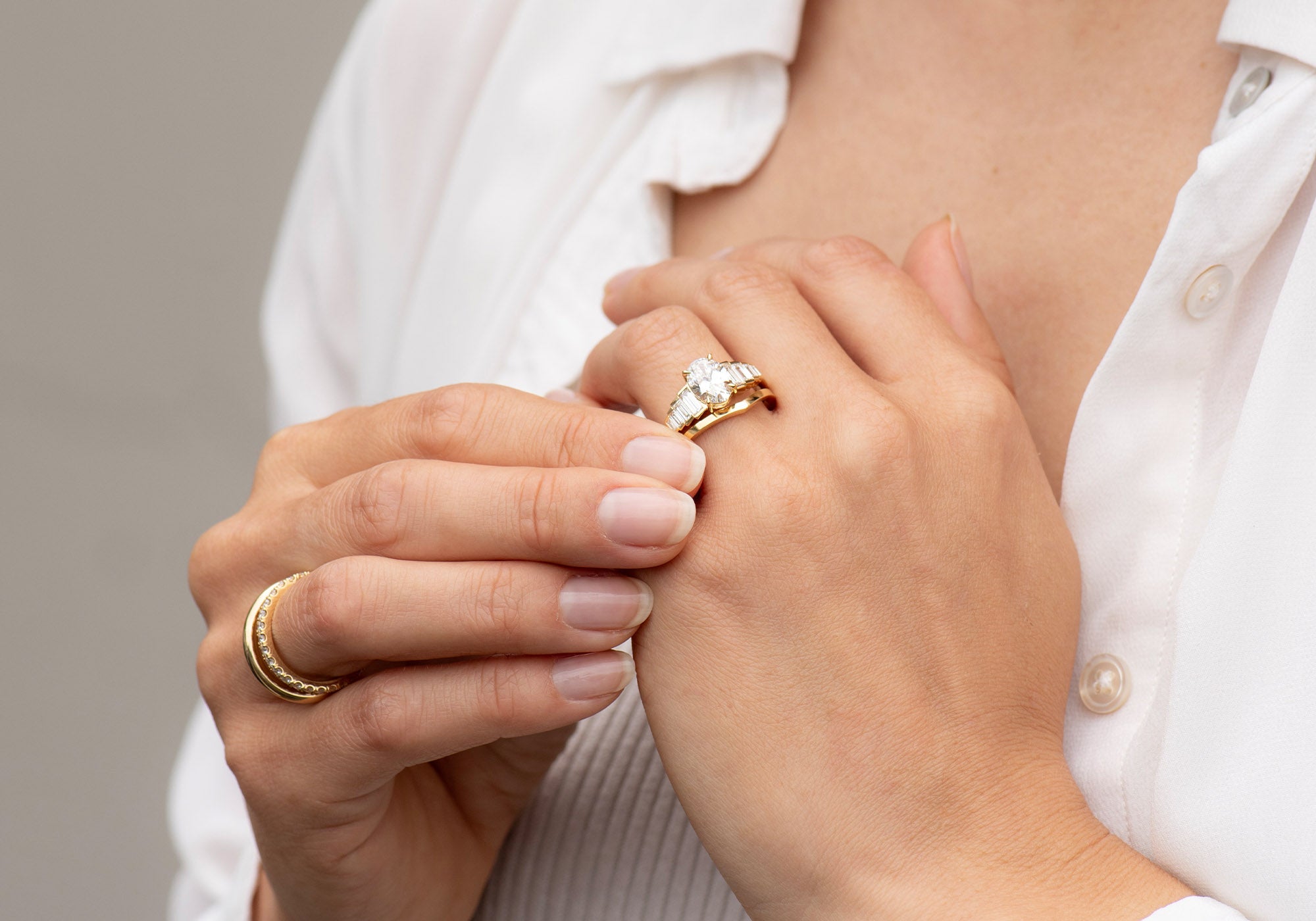
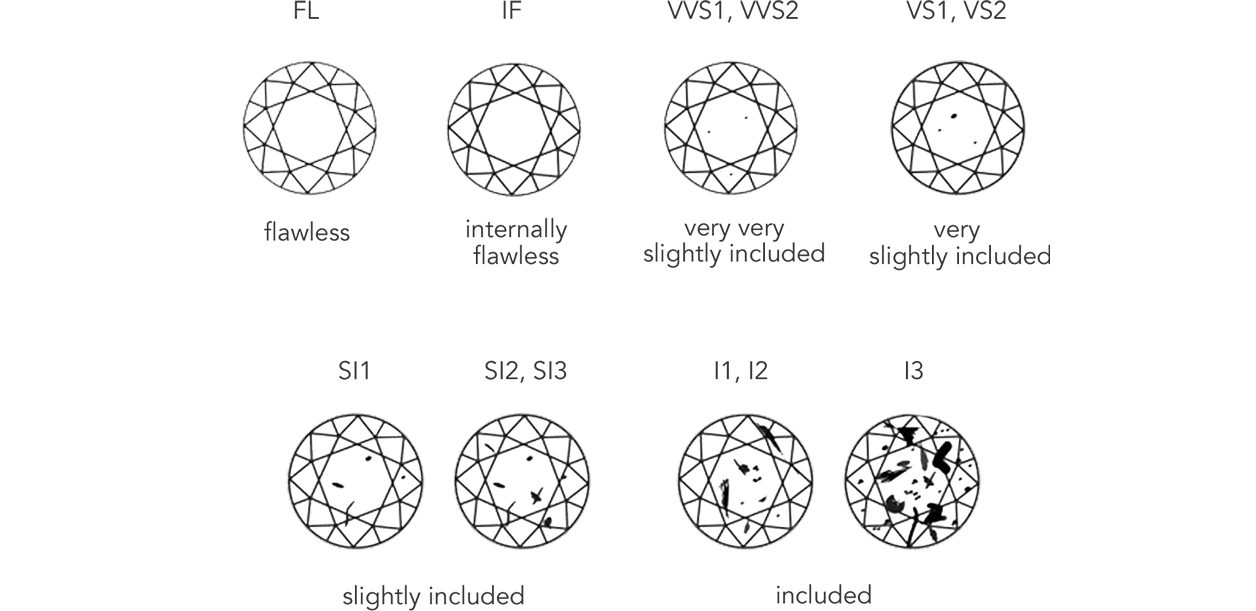
Clarity
Clarity is an indication of a diamonds purity. Inclusions are the internal characteristics of a diamond. They are what makes each stone unique and special to the wearer. They tend to be clear, white or black and can be in the form of pinpoints or clouds.
It should be noted that most flaws are not visible to the untrained eye. When choosing a diamond, you want to choose a diamond that has no inclusions in the table (the top centre face), as this will be the most noticeable place for imperfections.
Our Creations
SEND ENQUIRY
Speak to the Designer
For deepening into the understanding of what you’re looking for in the creation of your piece book an appointment with us.
Fill out the form below to book an appointment. This can be done remotely if you can’t make it in store.
Contact Us
Please don’t hesitate to contact us for any questions or queries that you may have.
+64 09 366 3073
hello@zoeandmorgan.com


